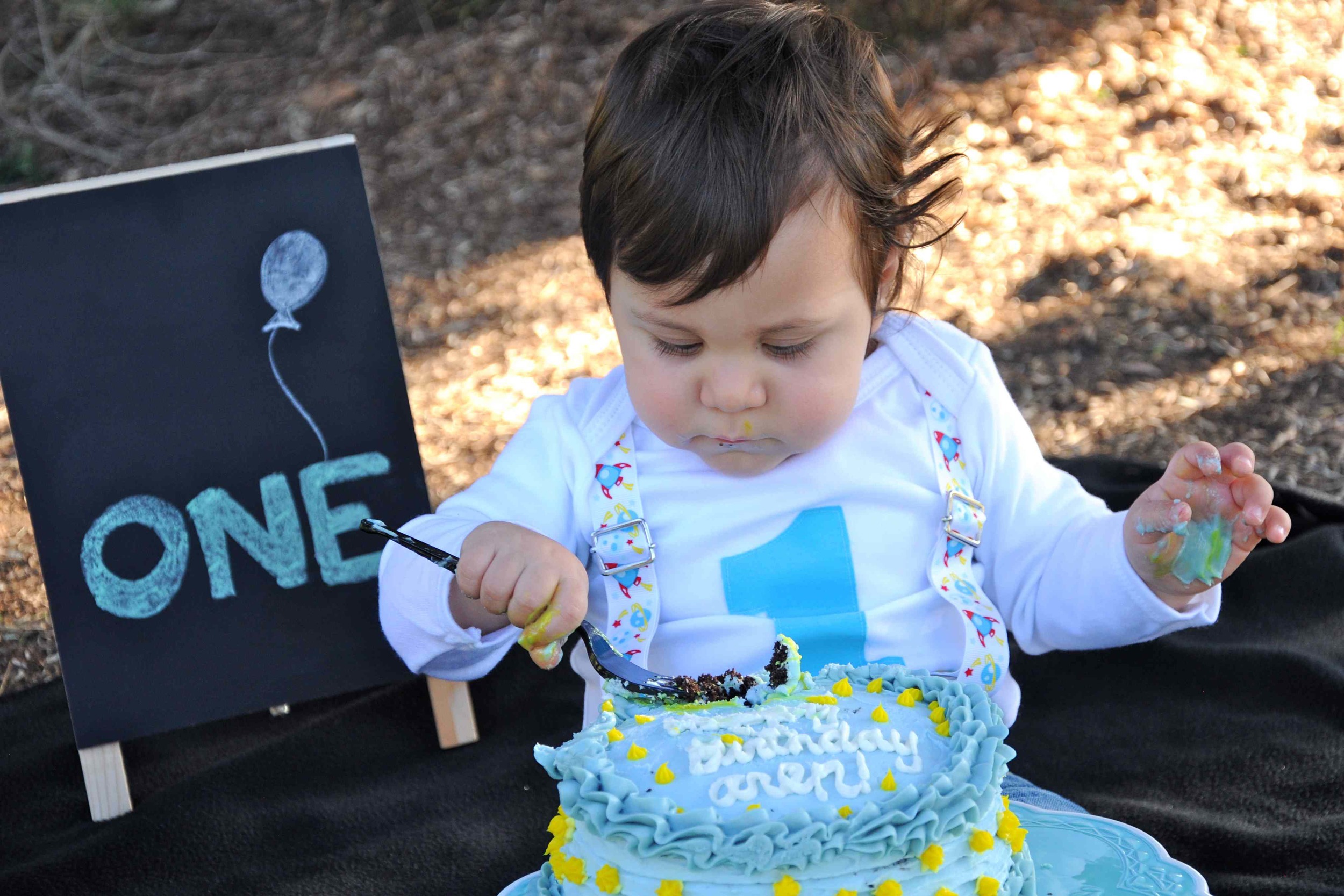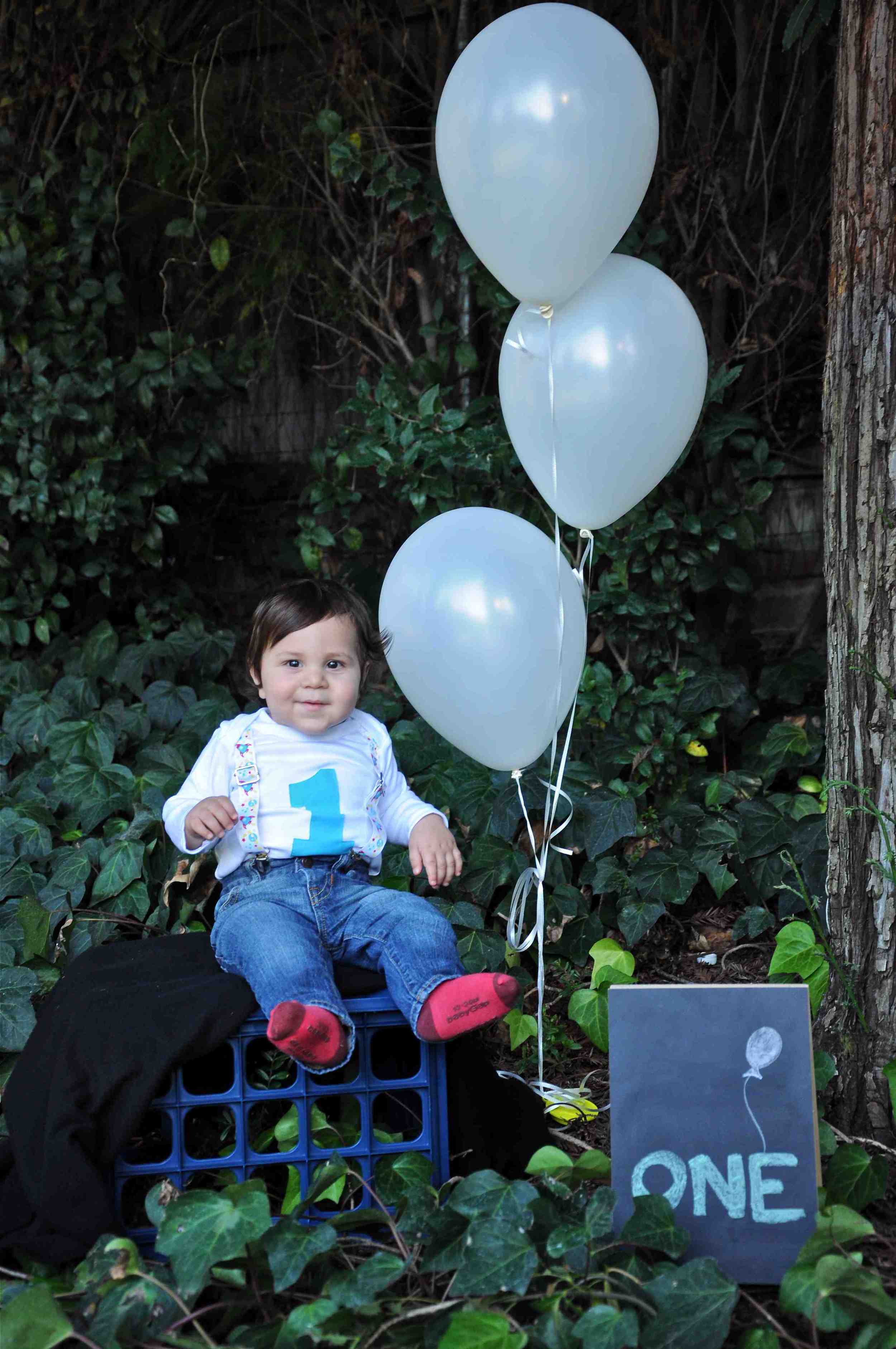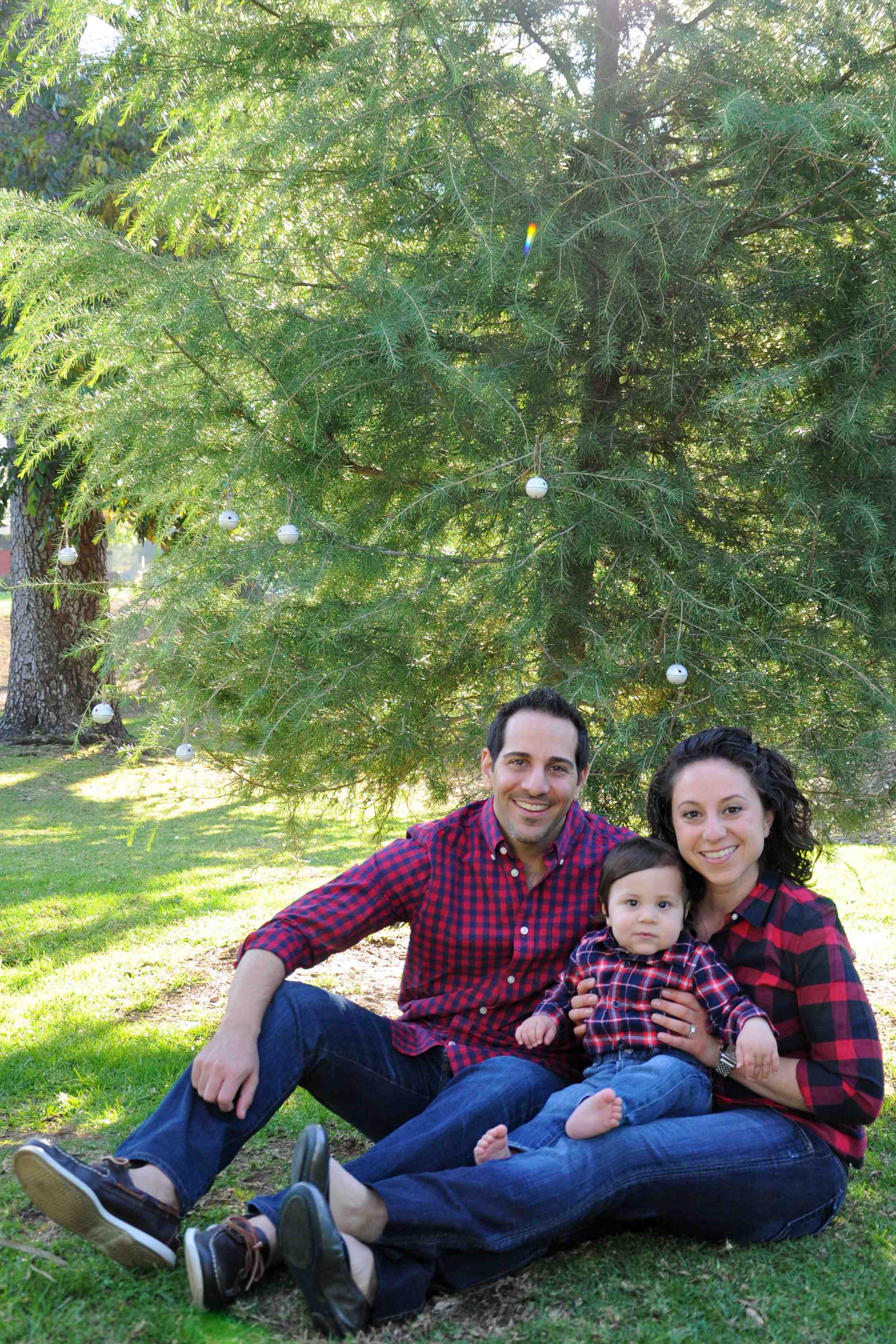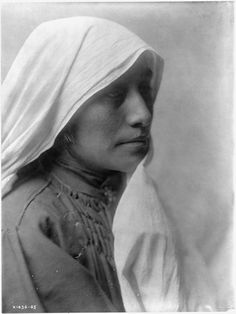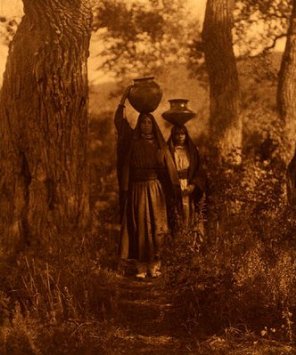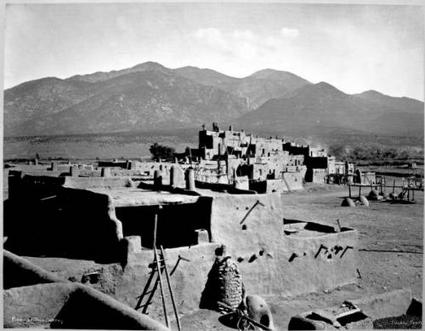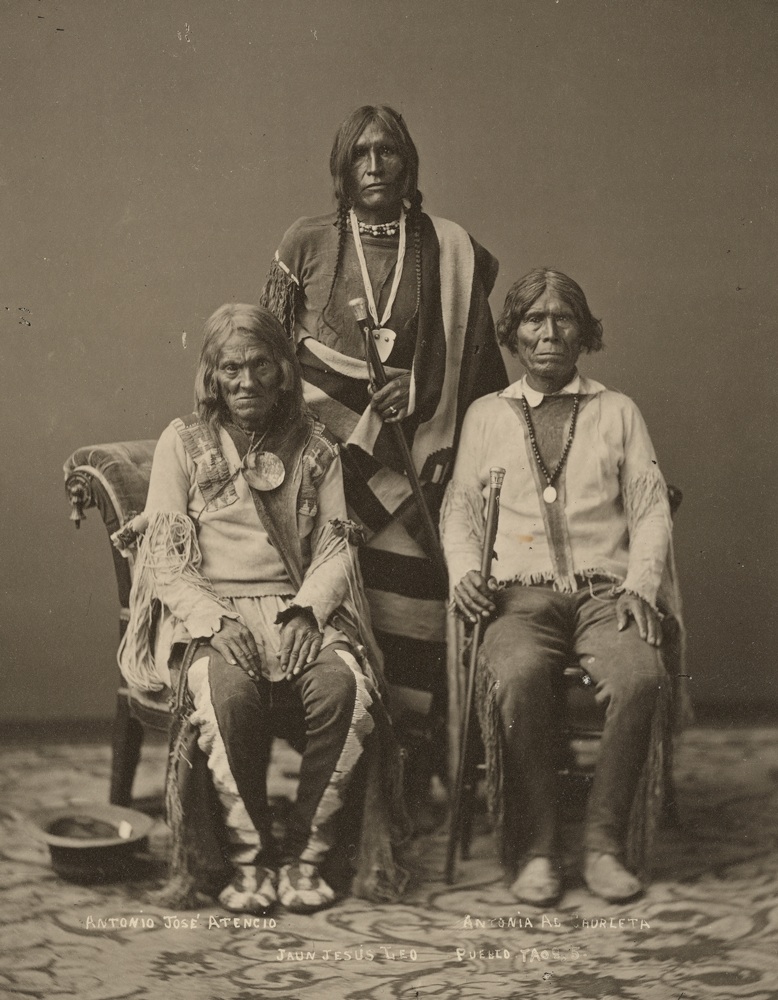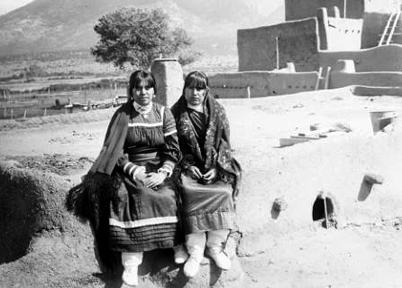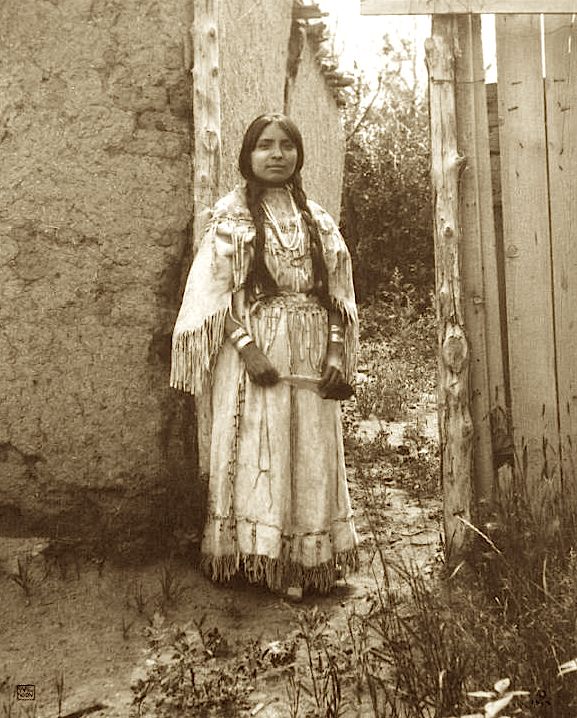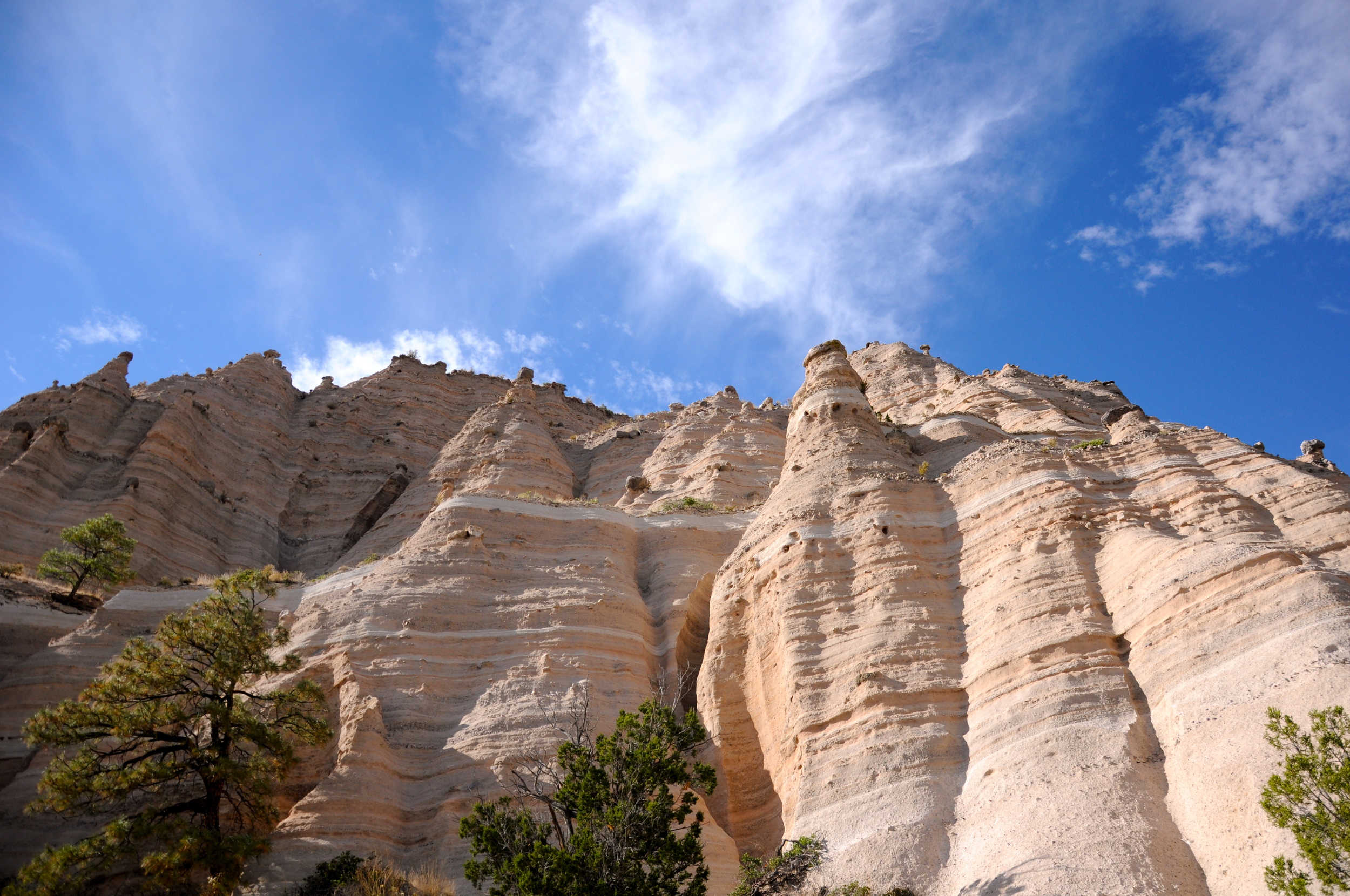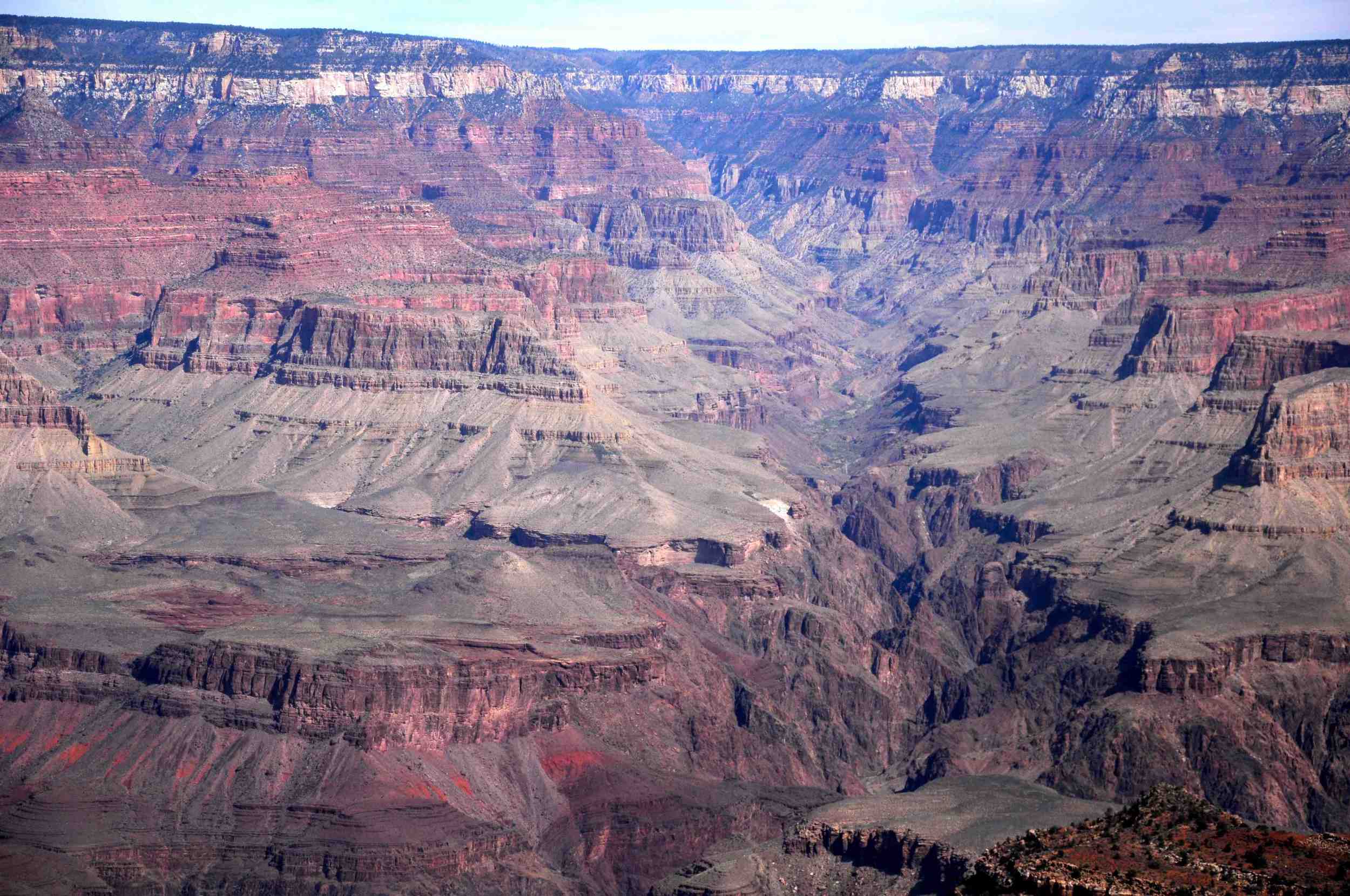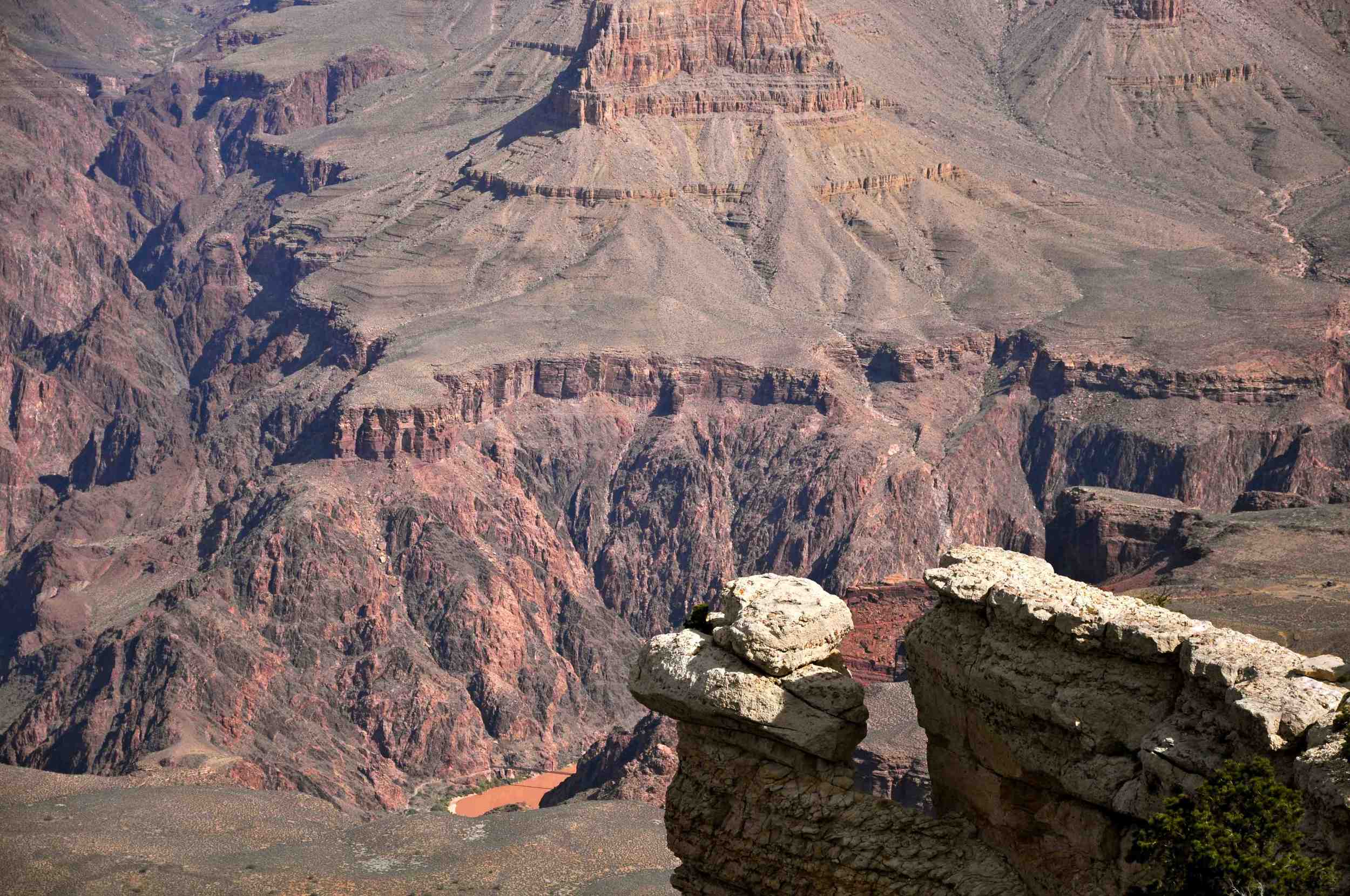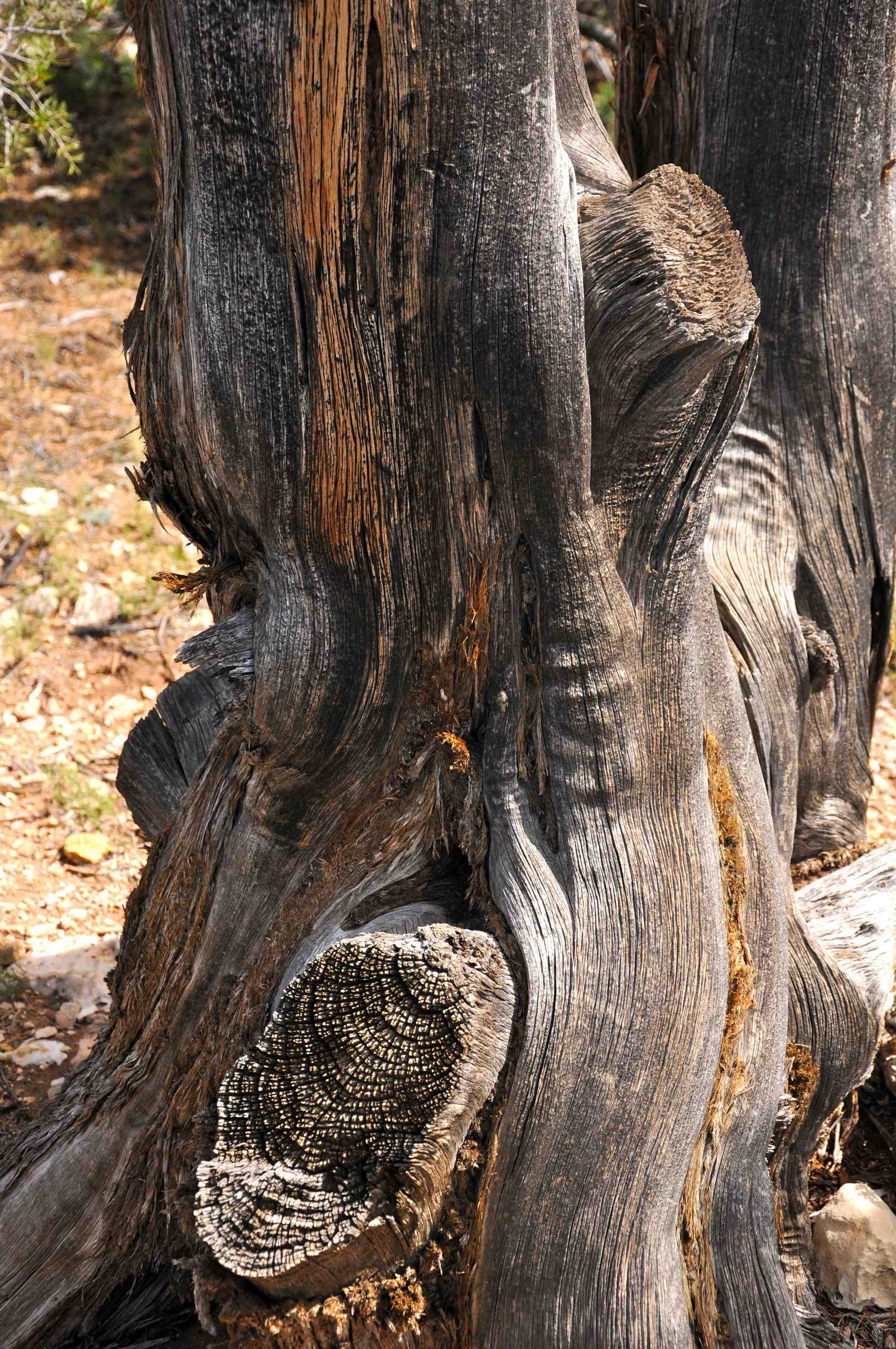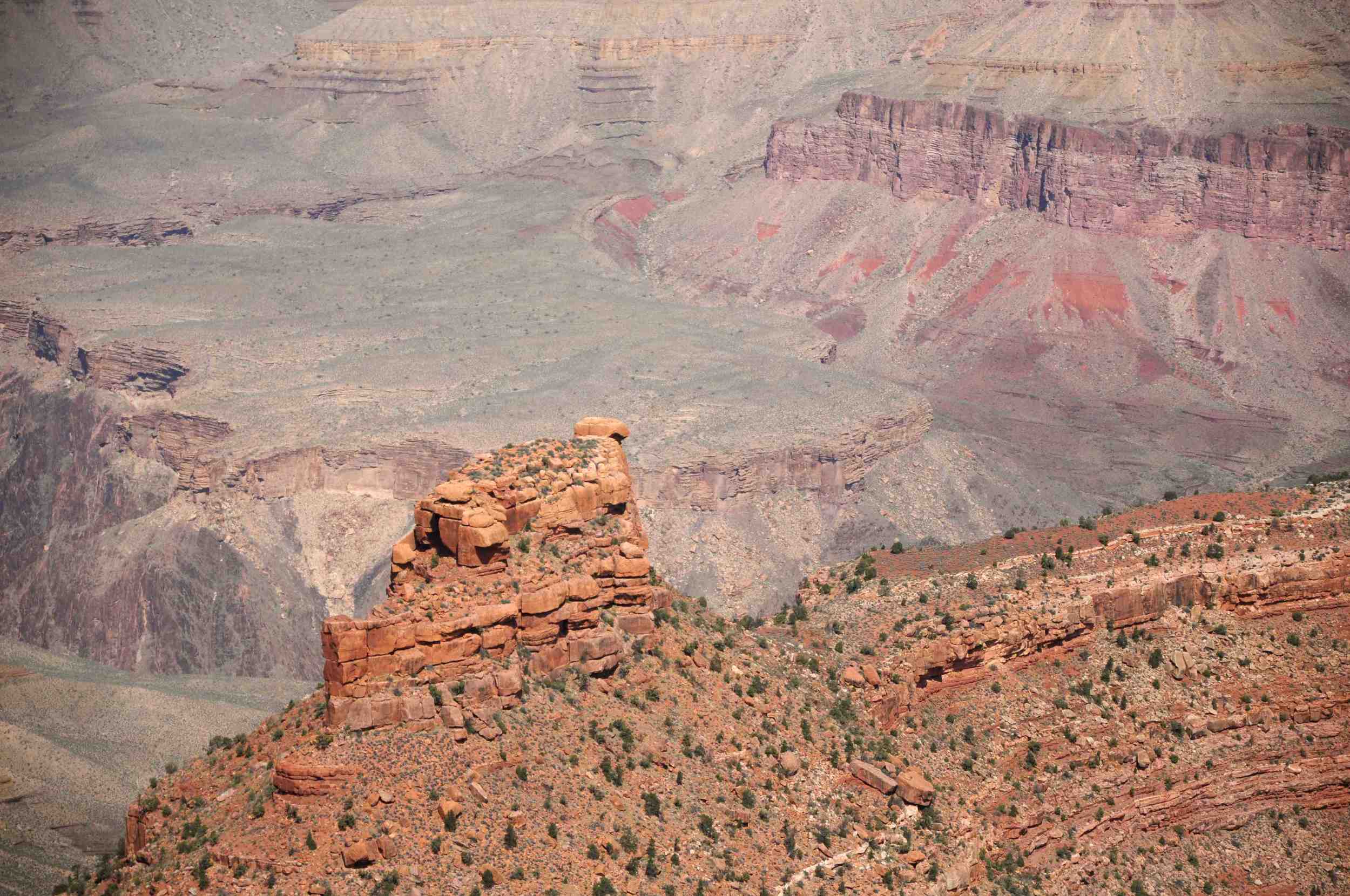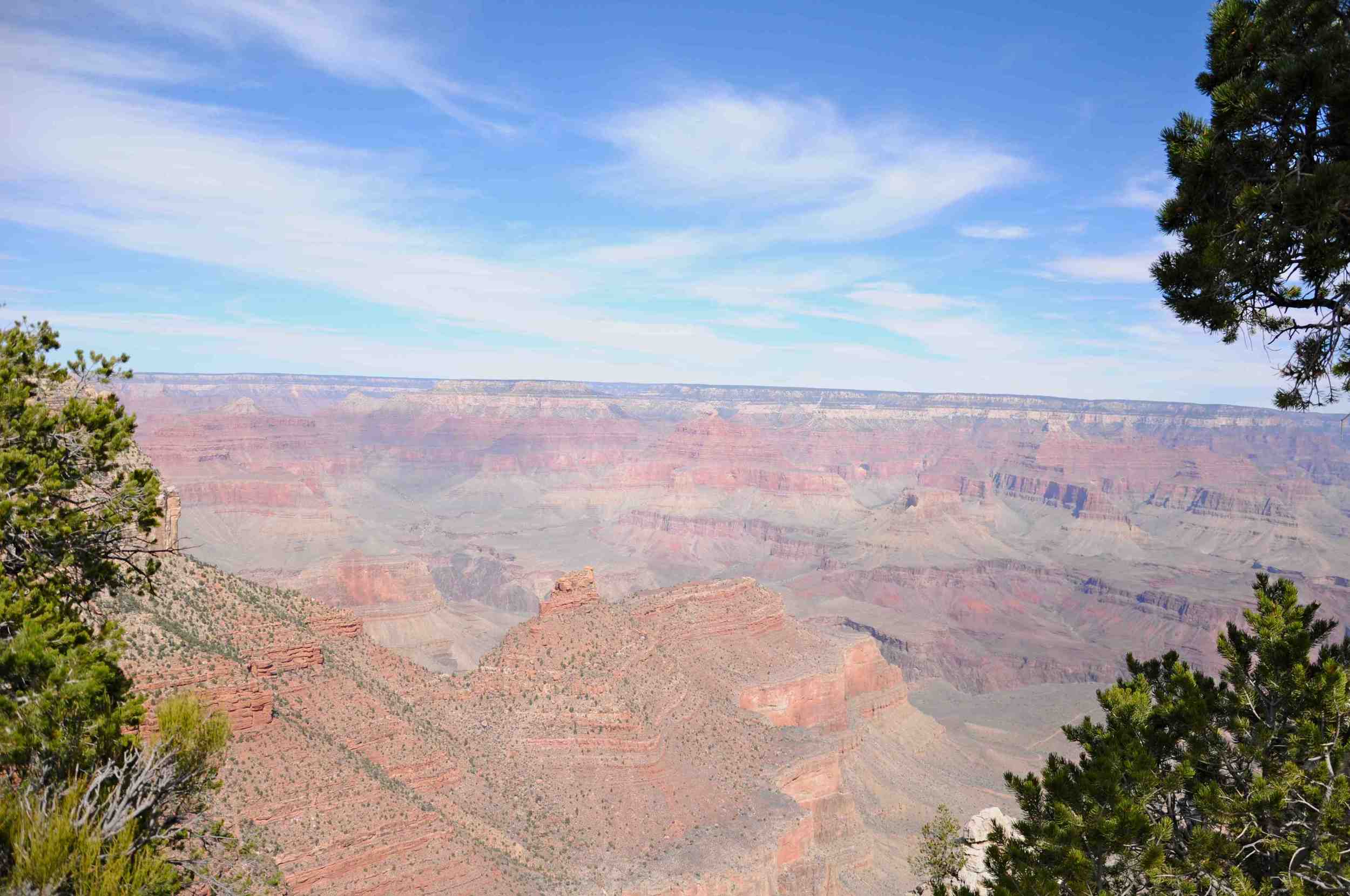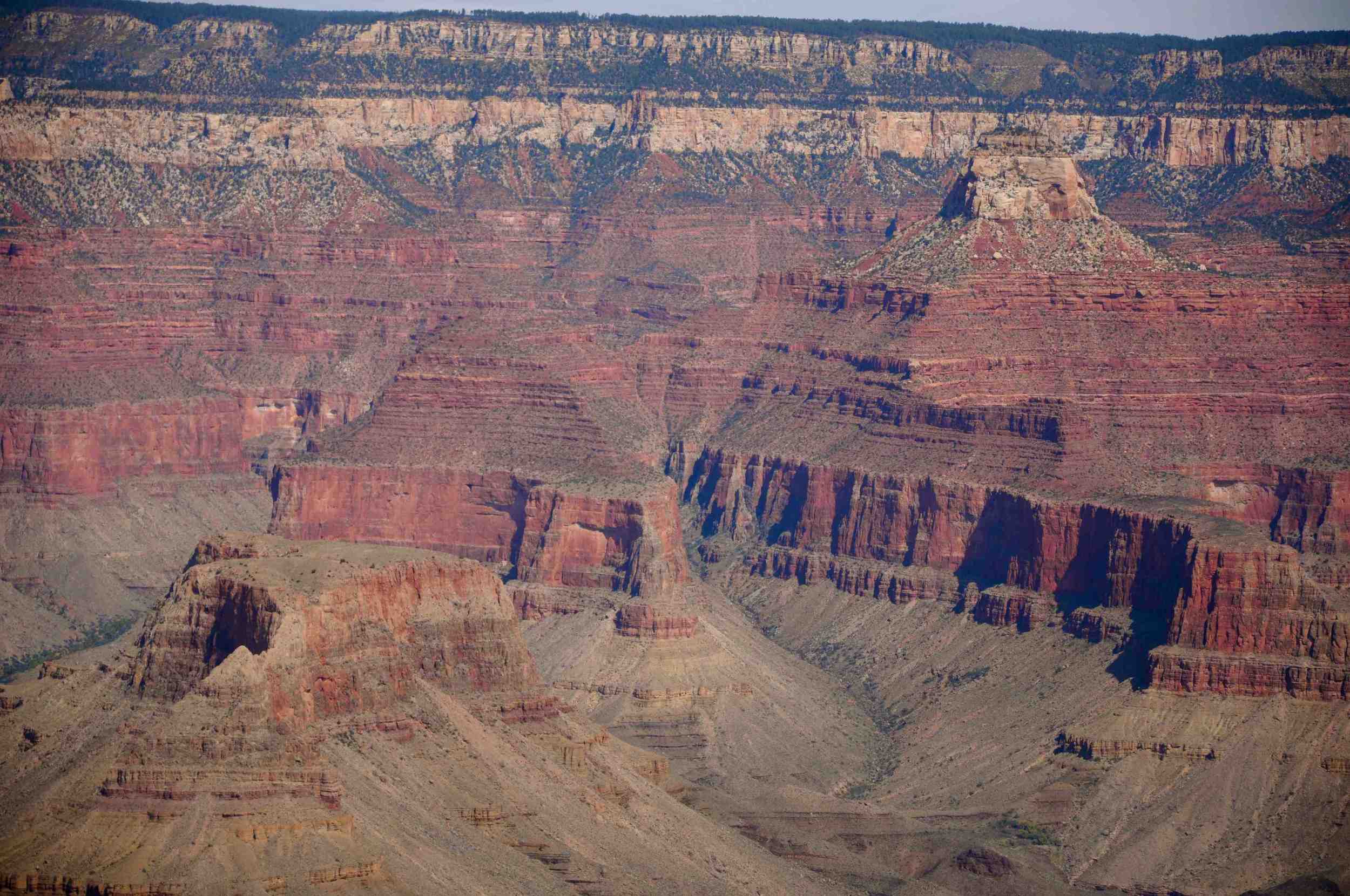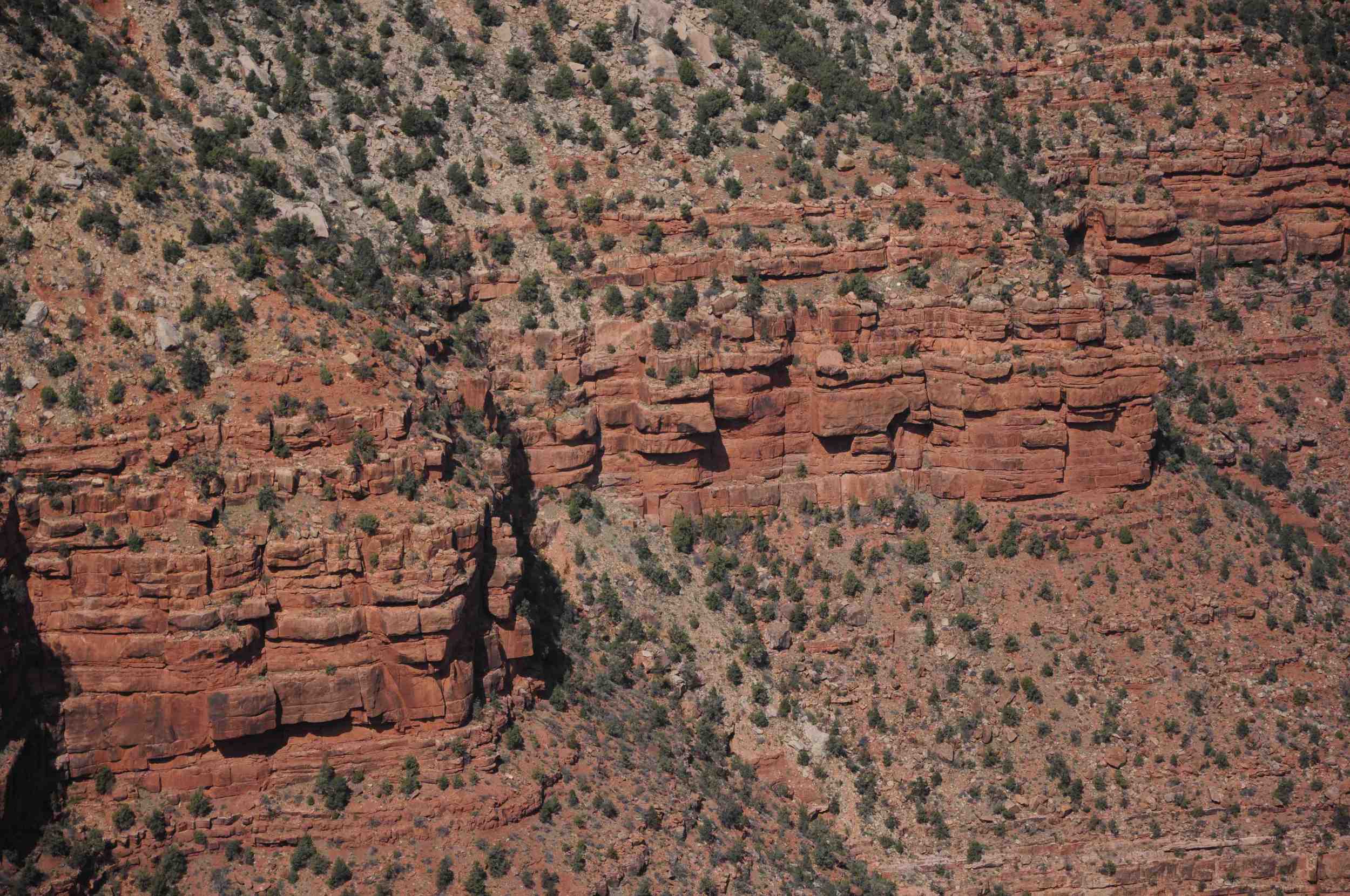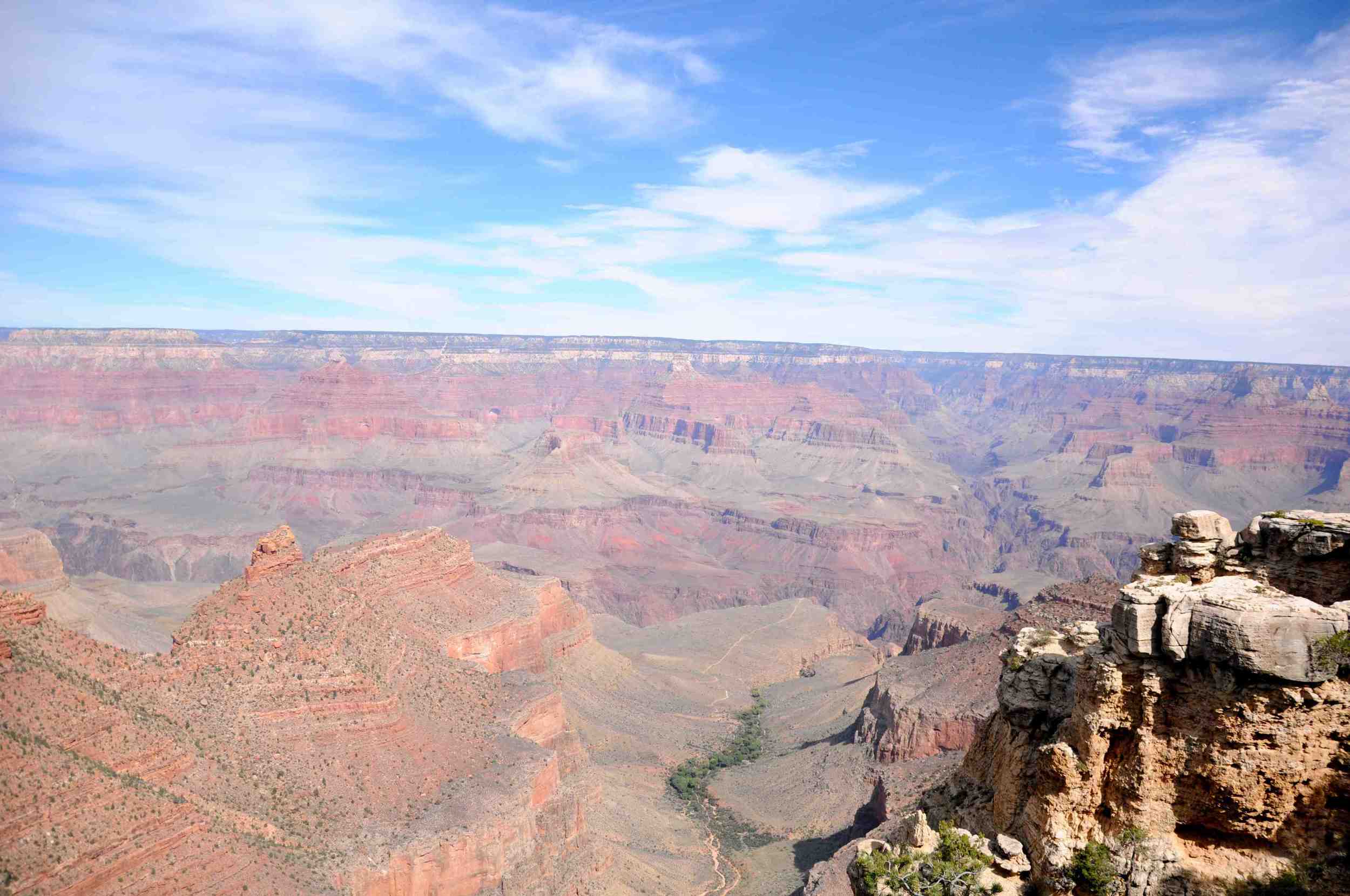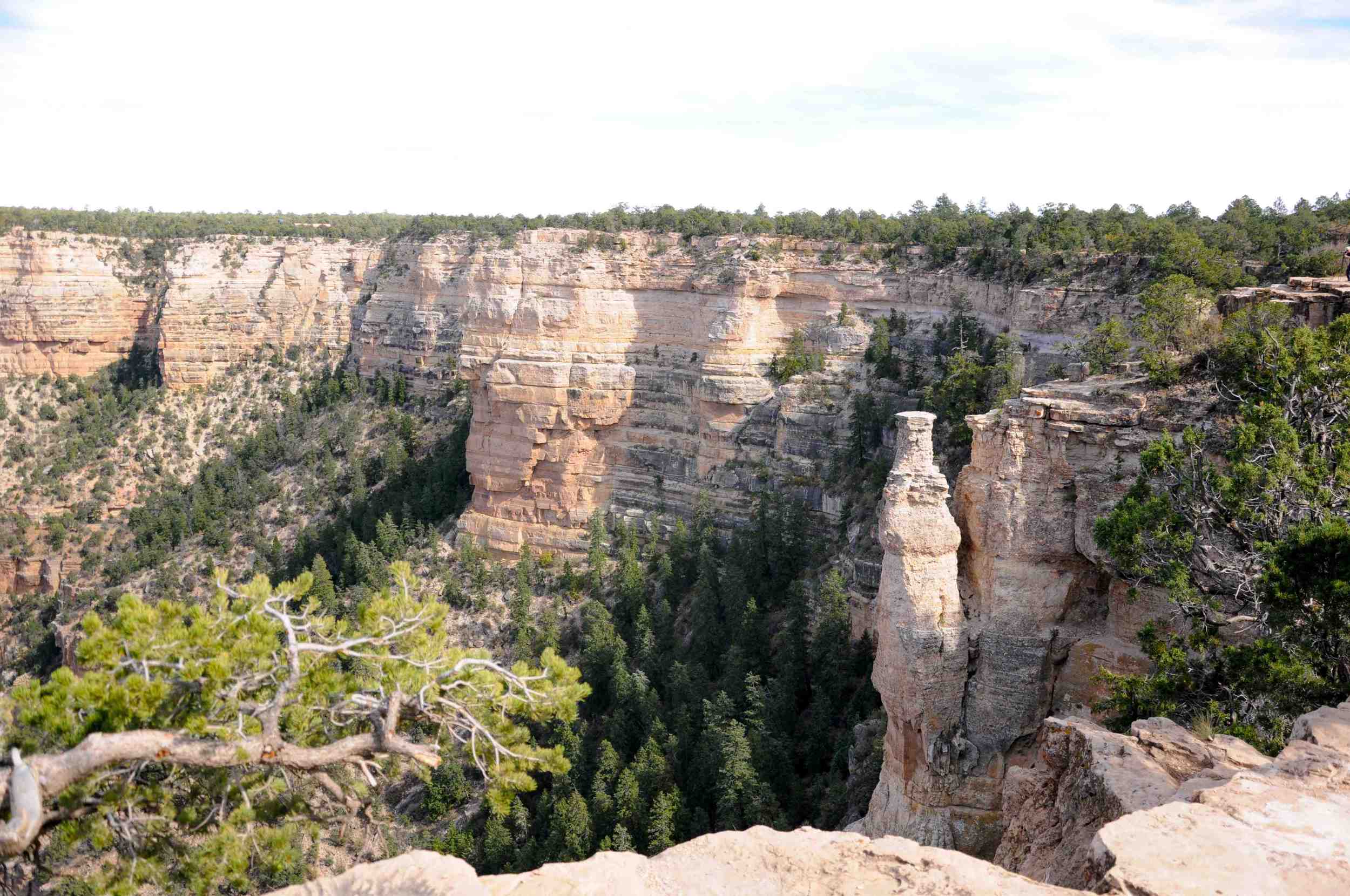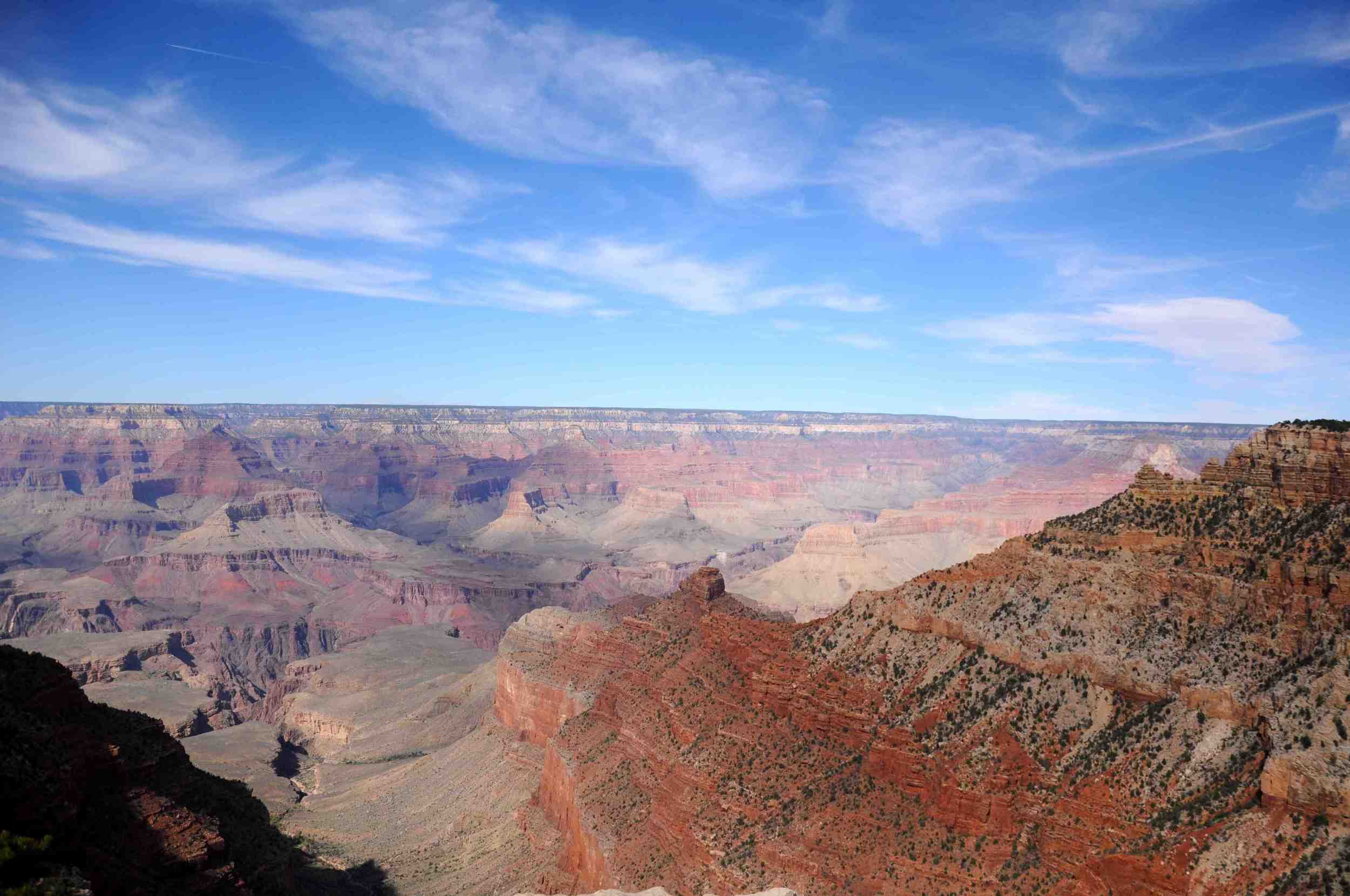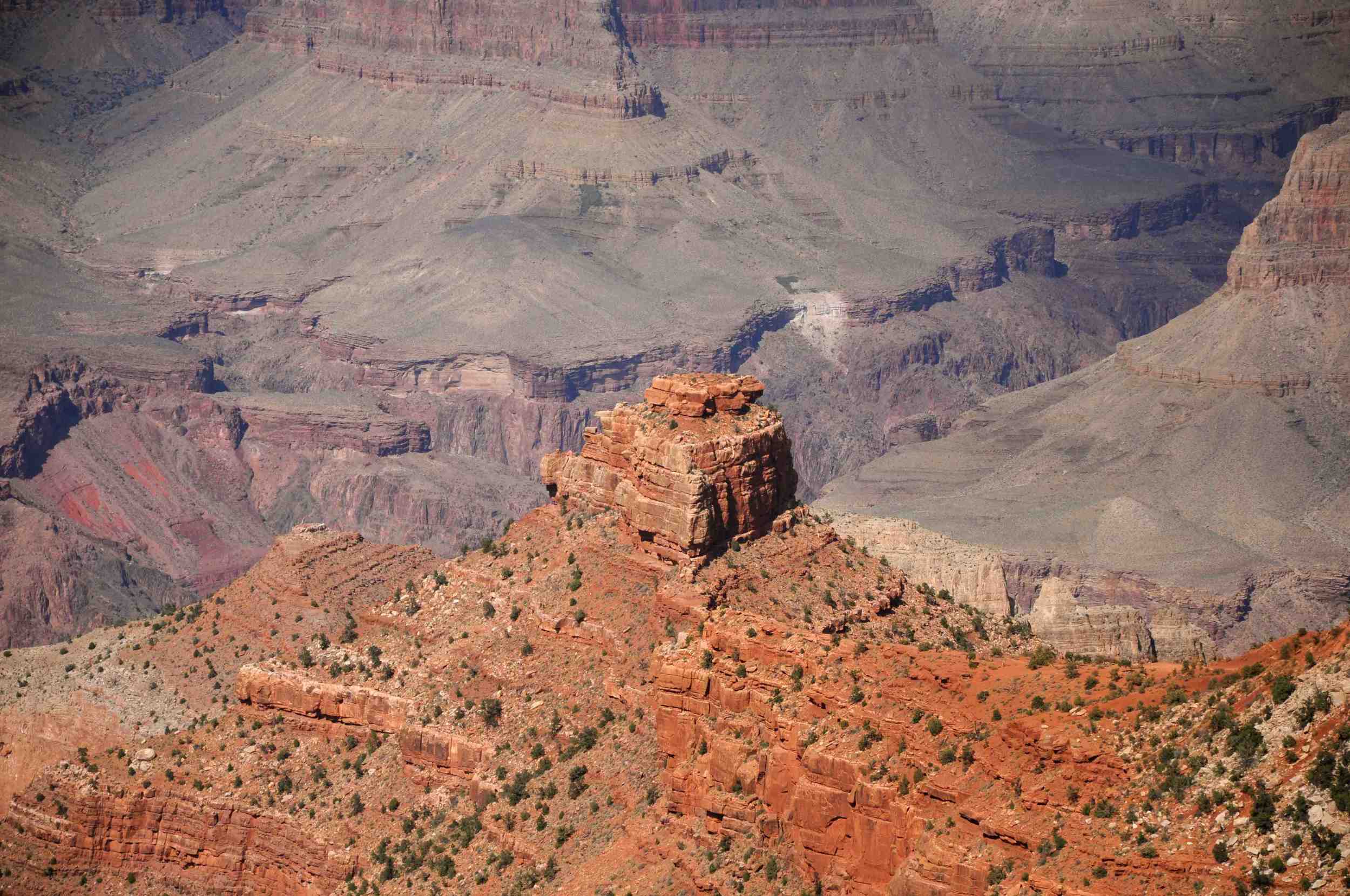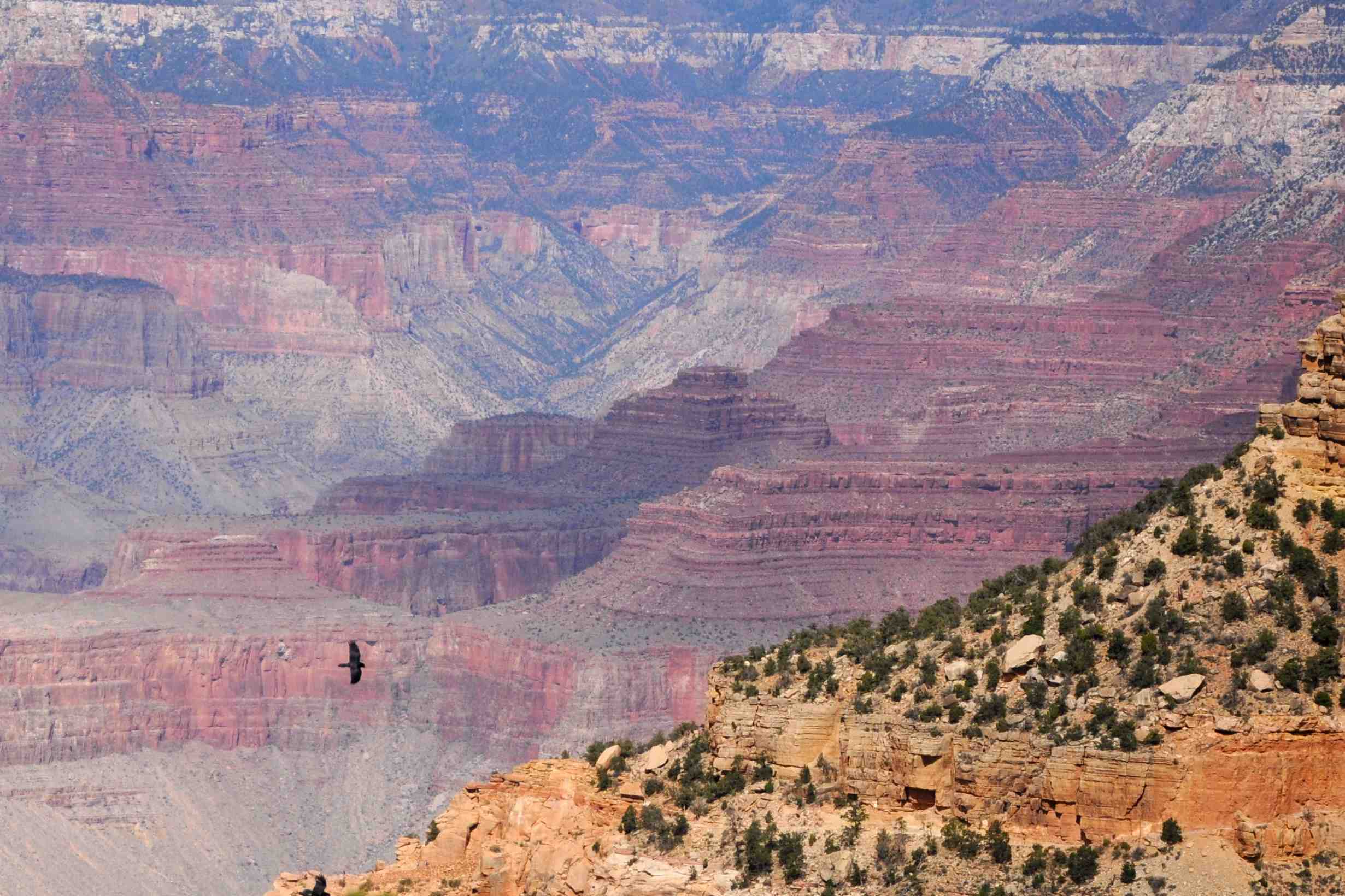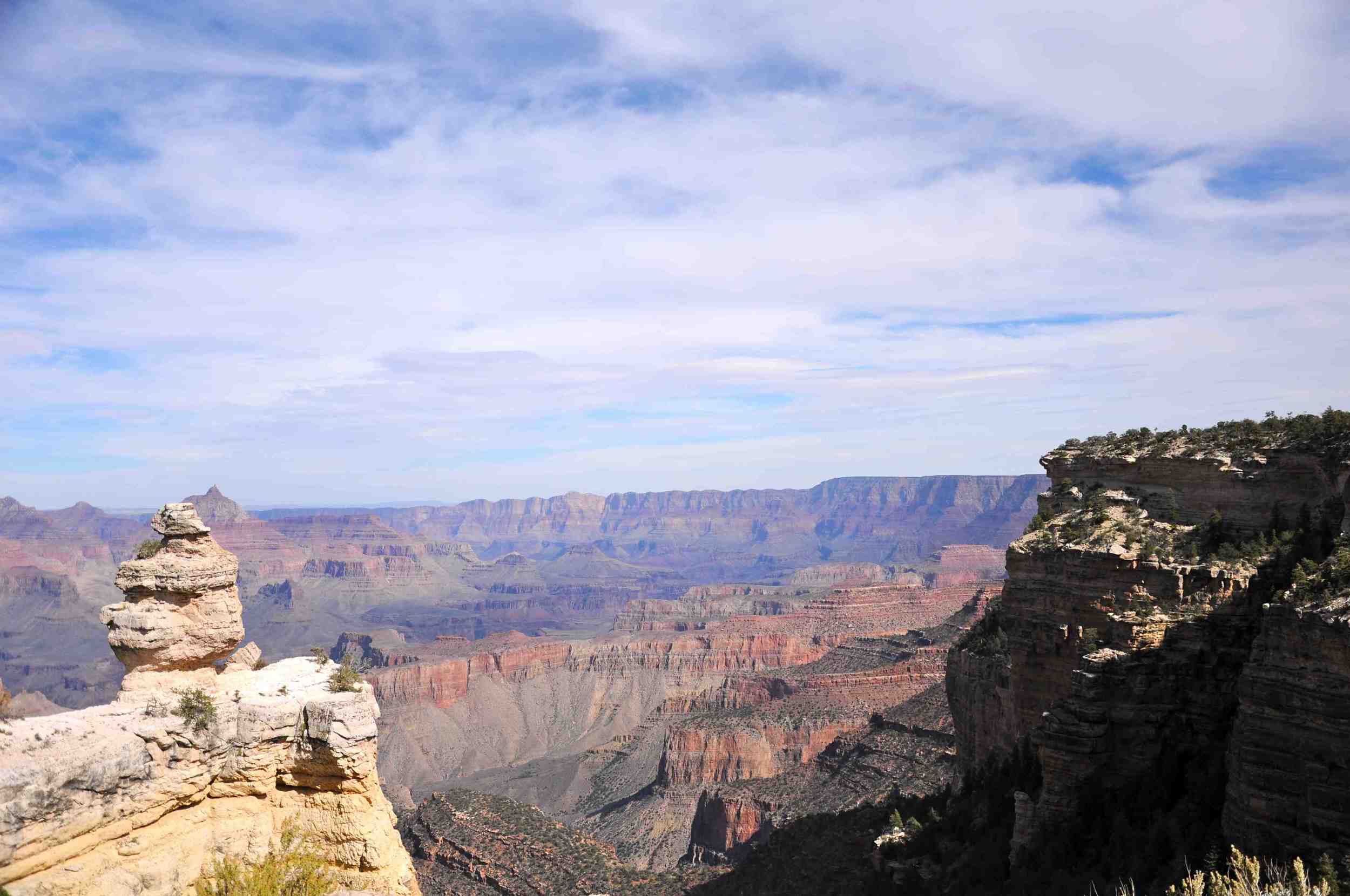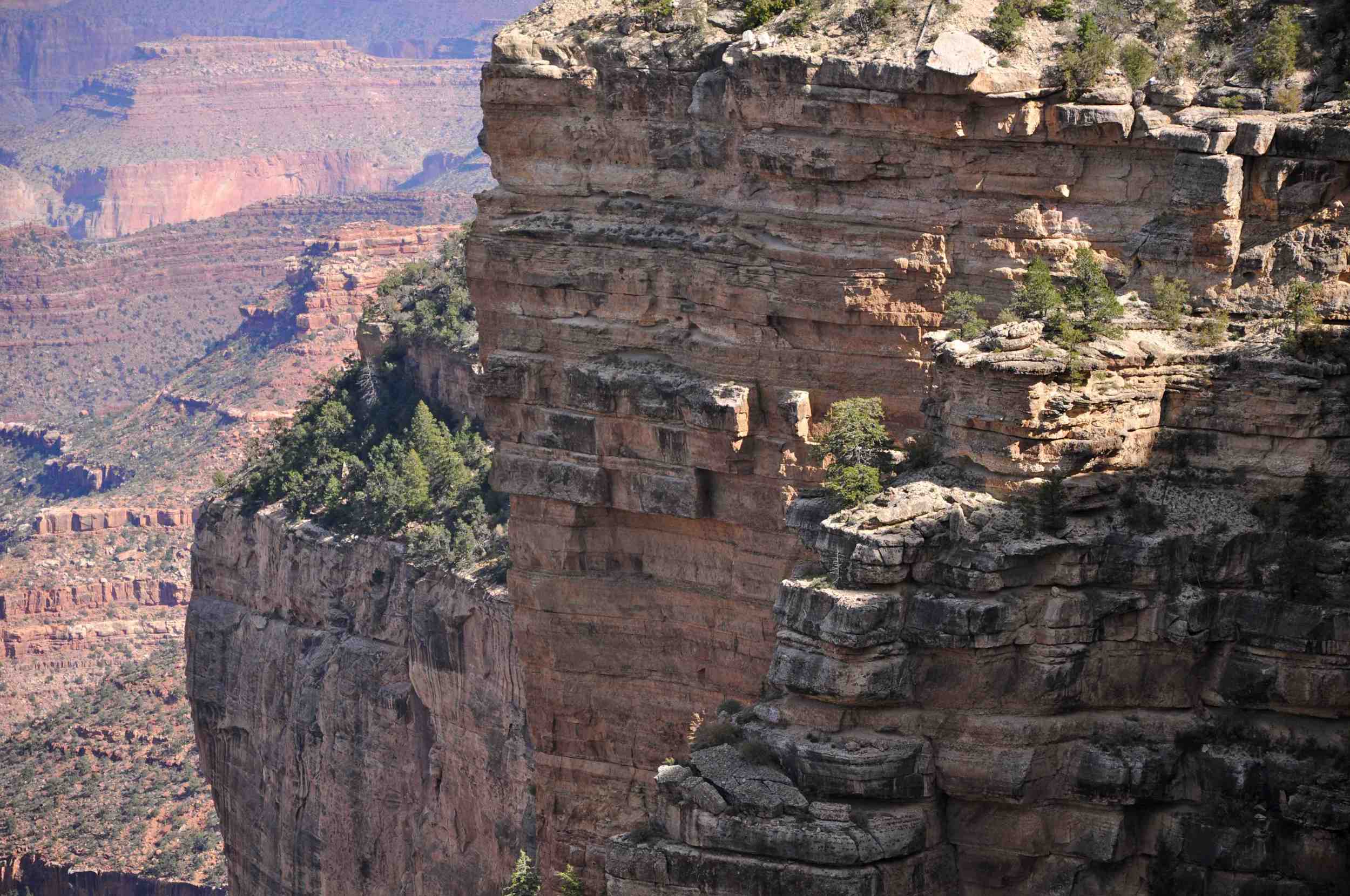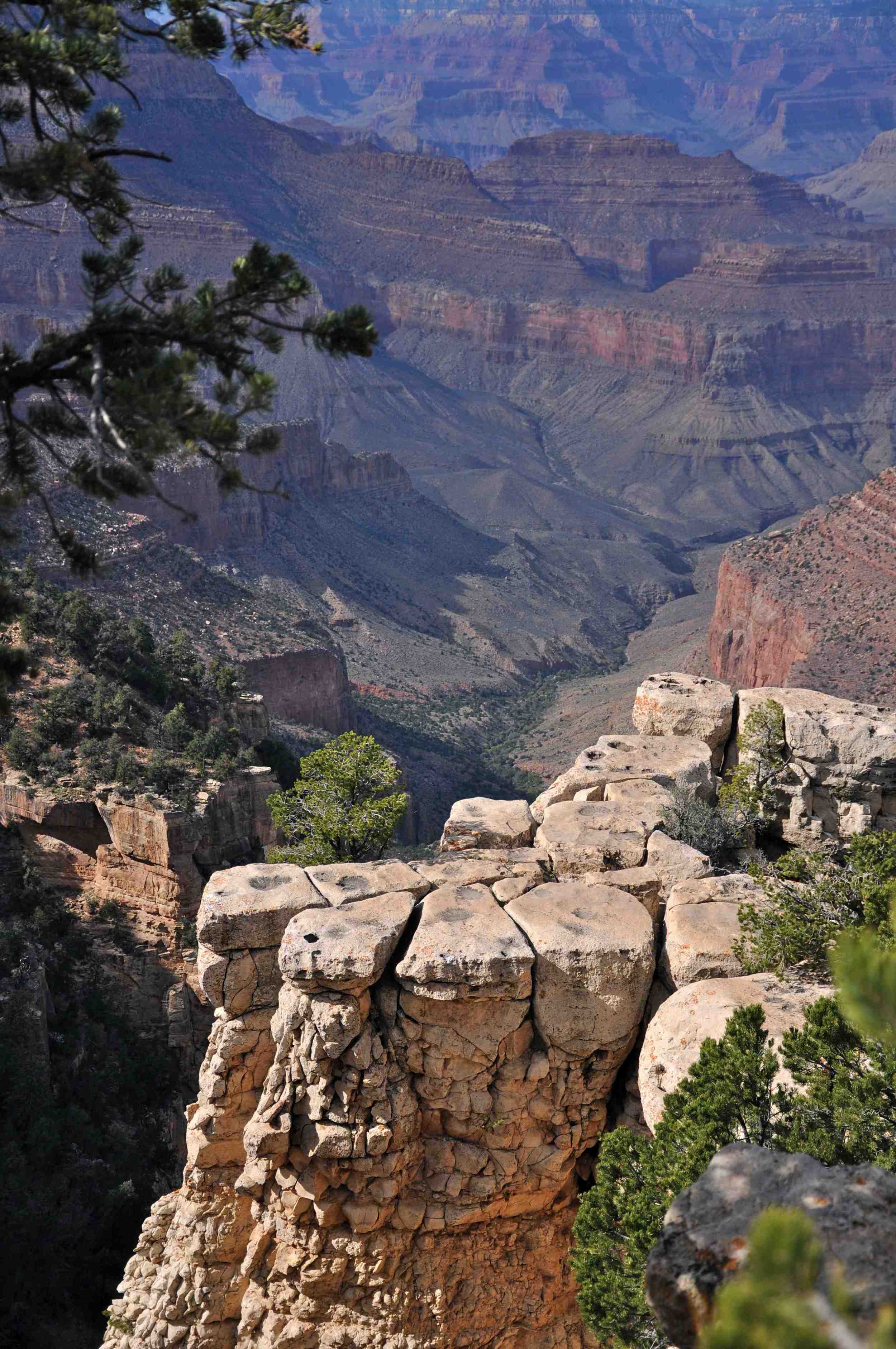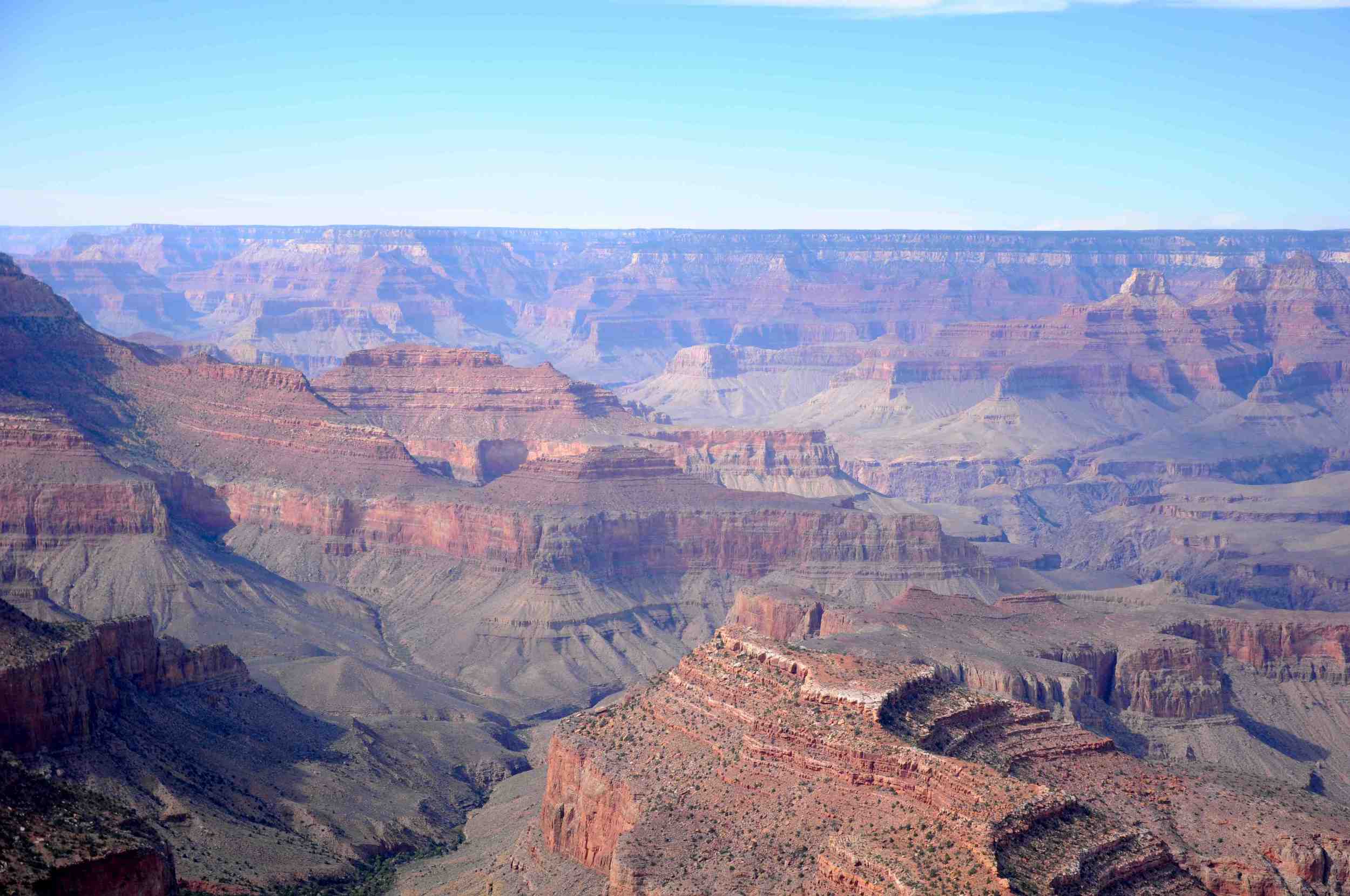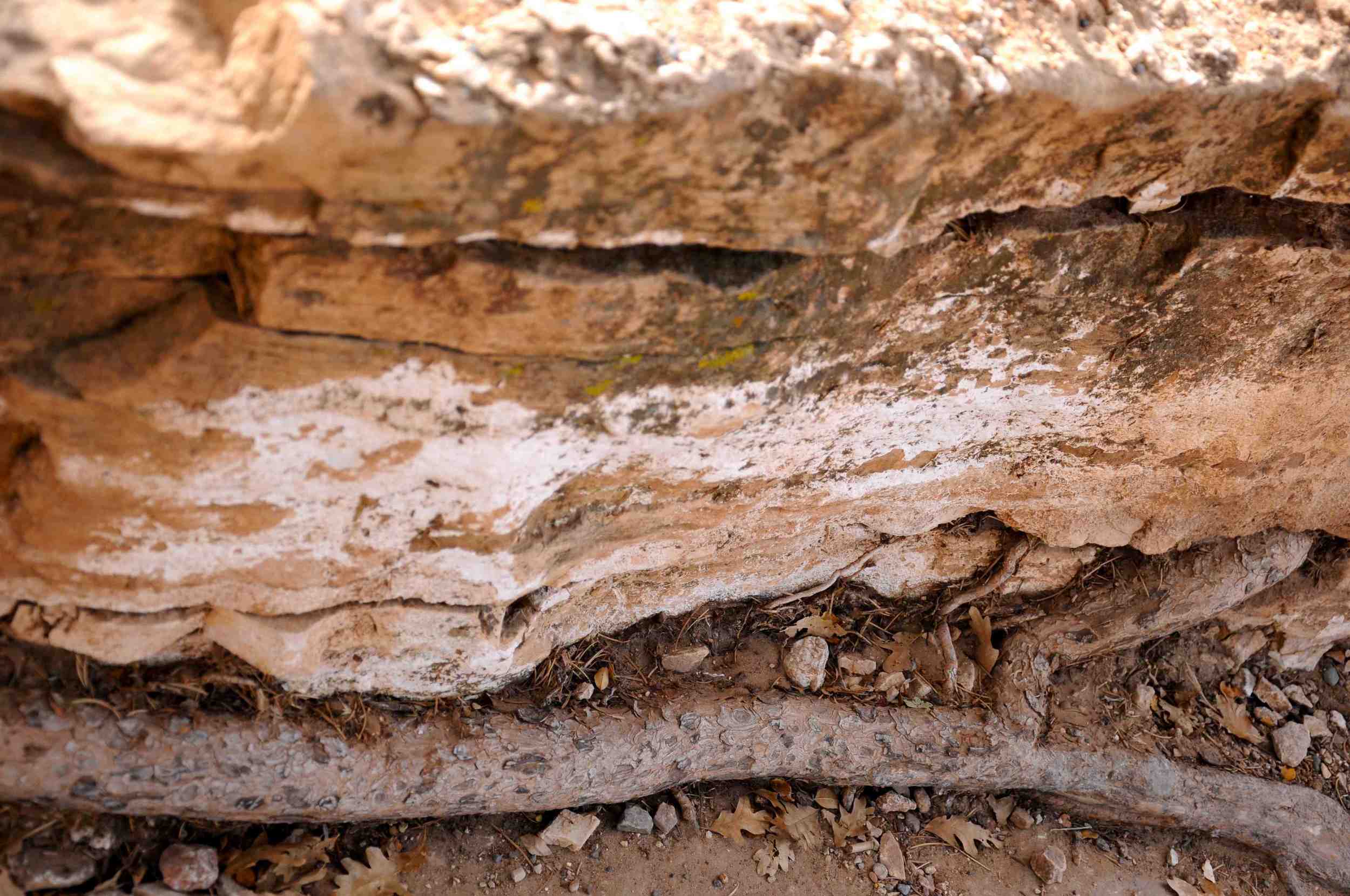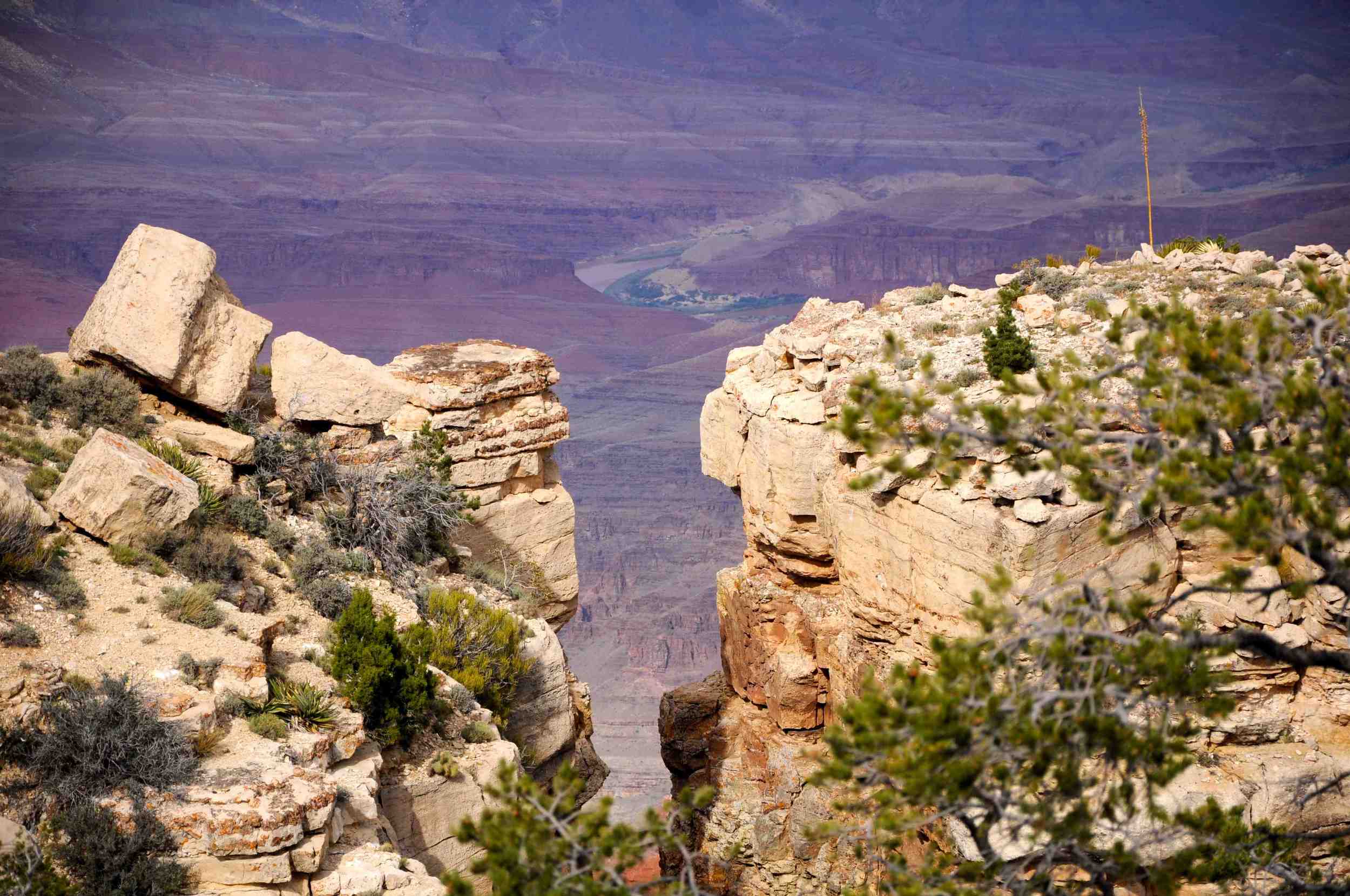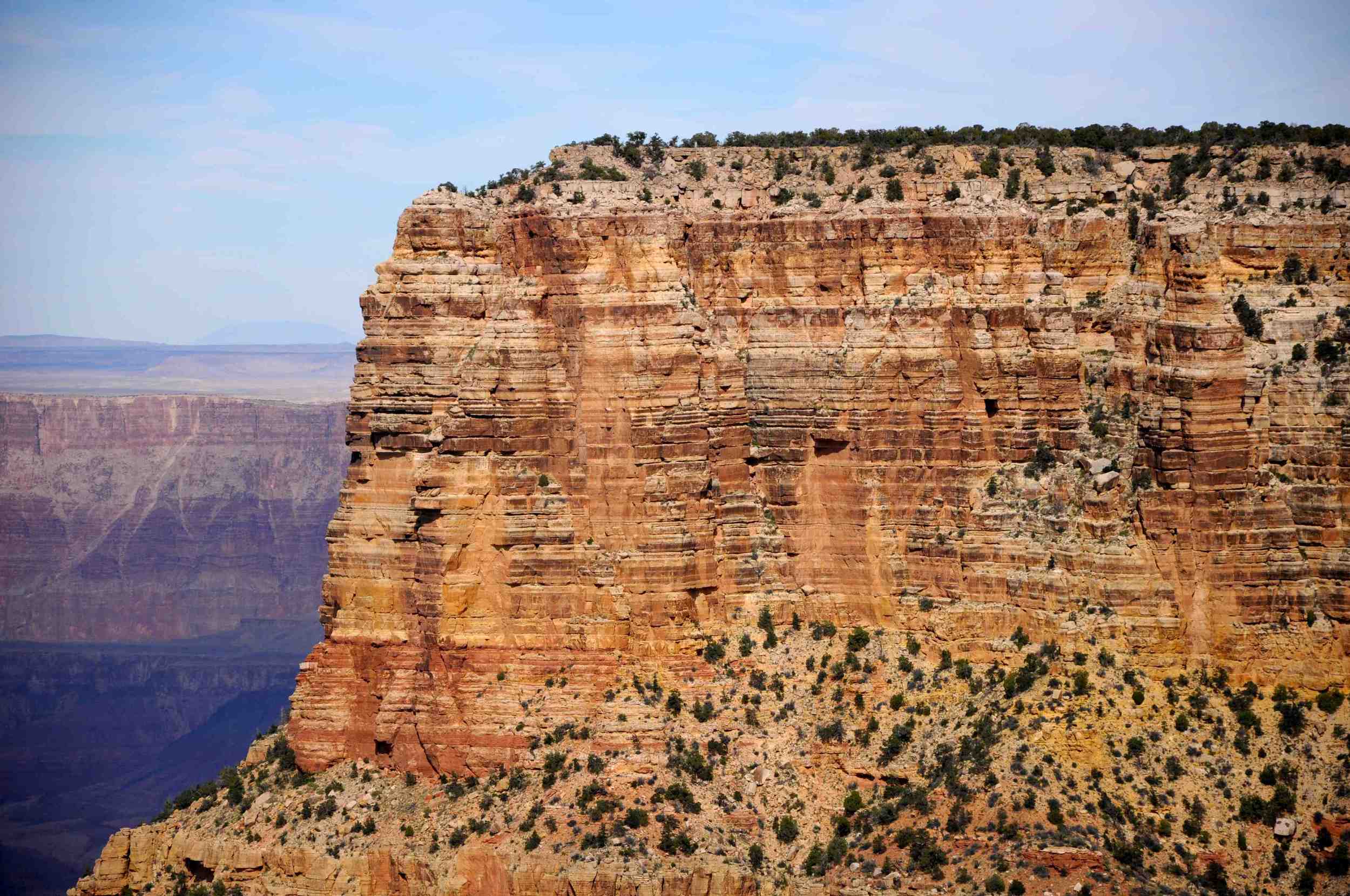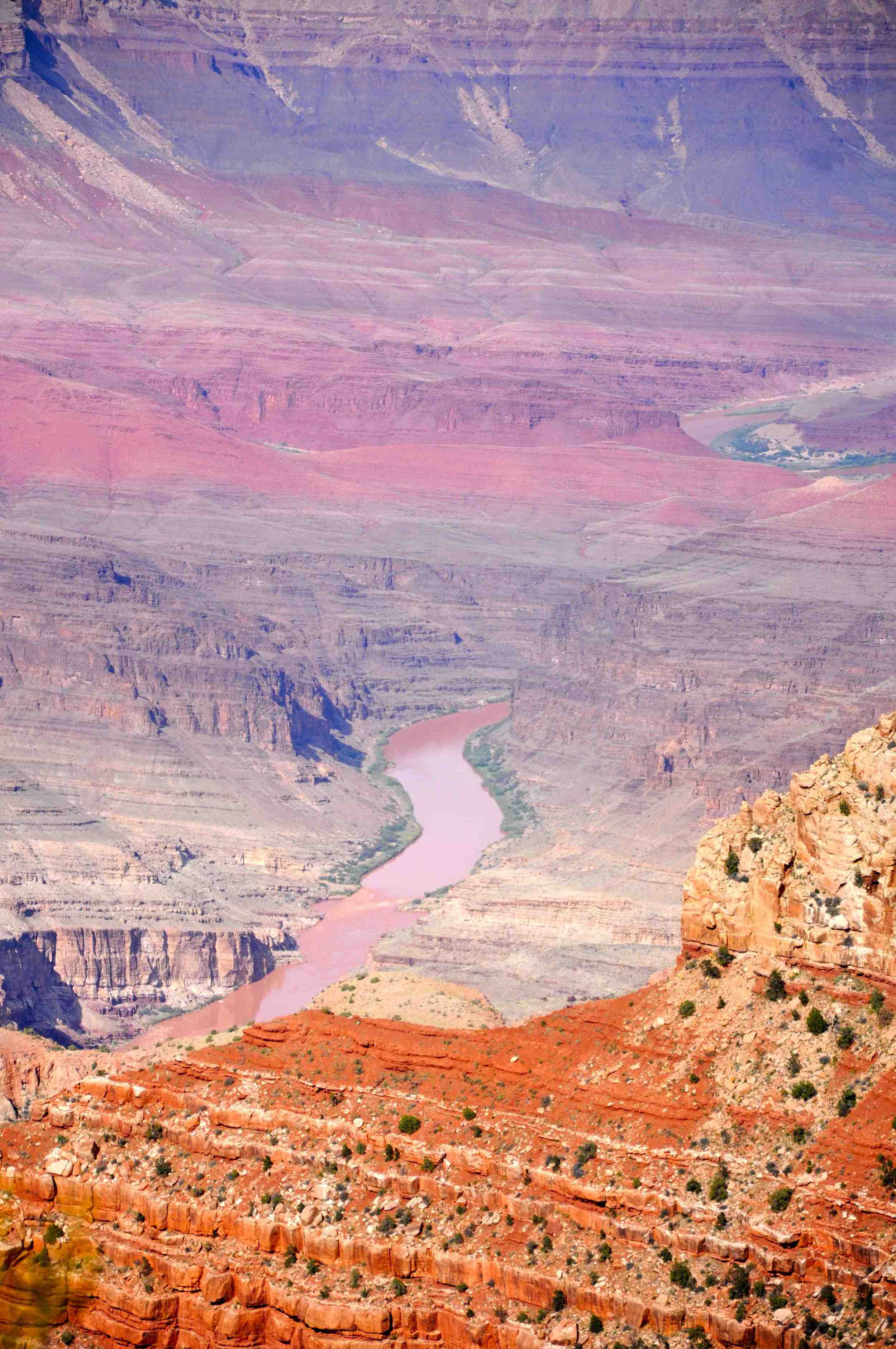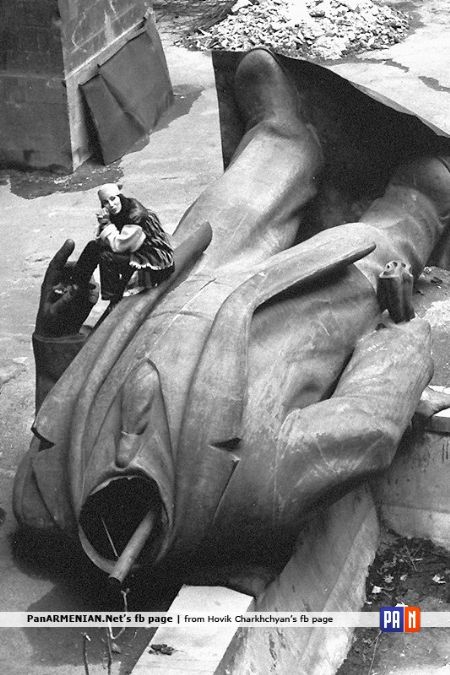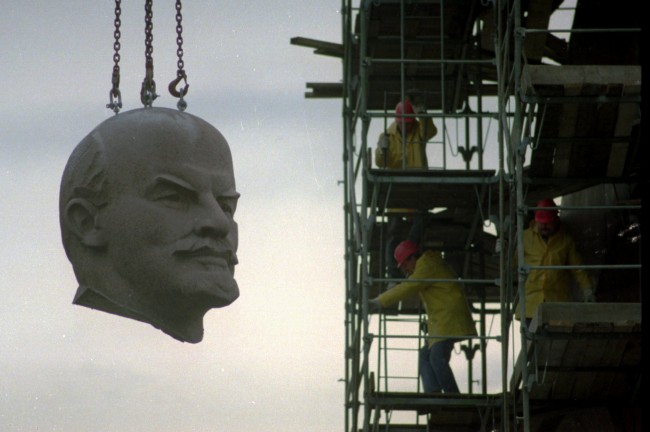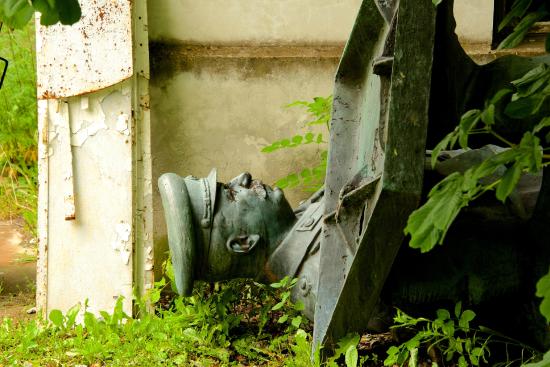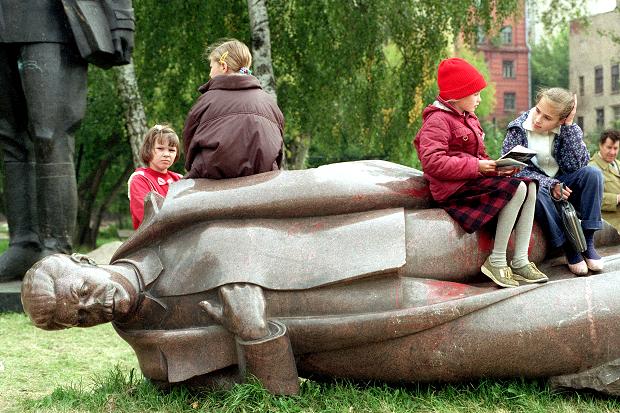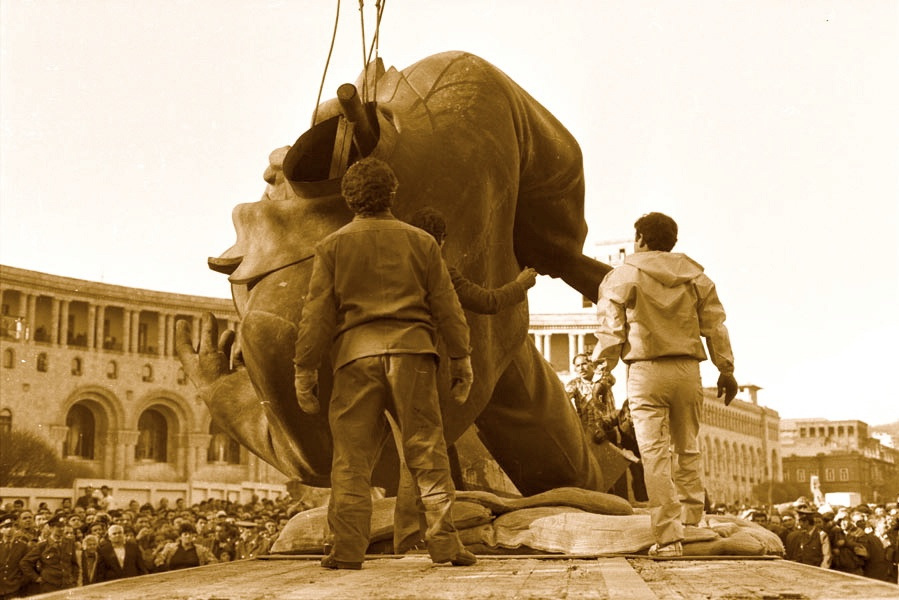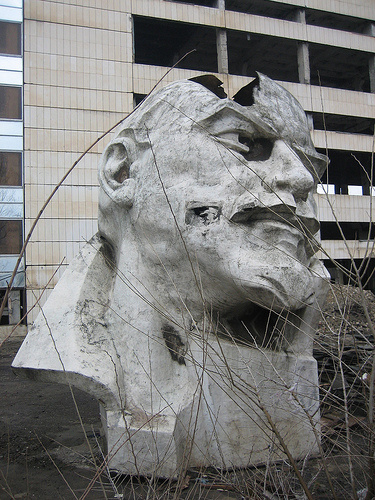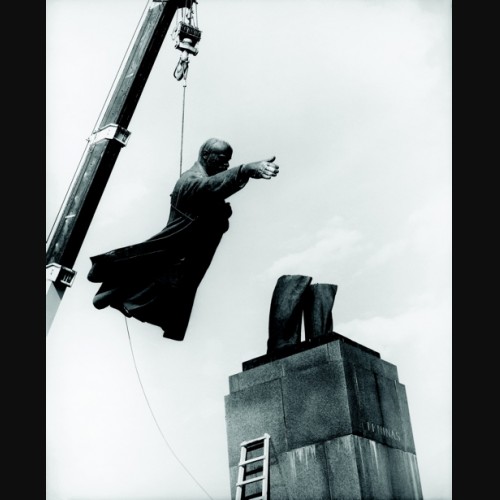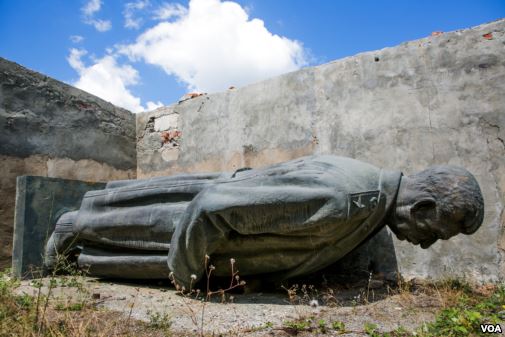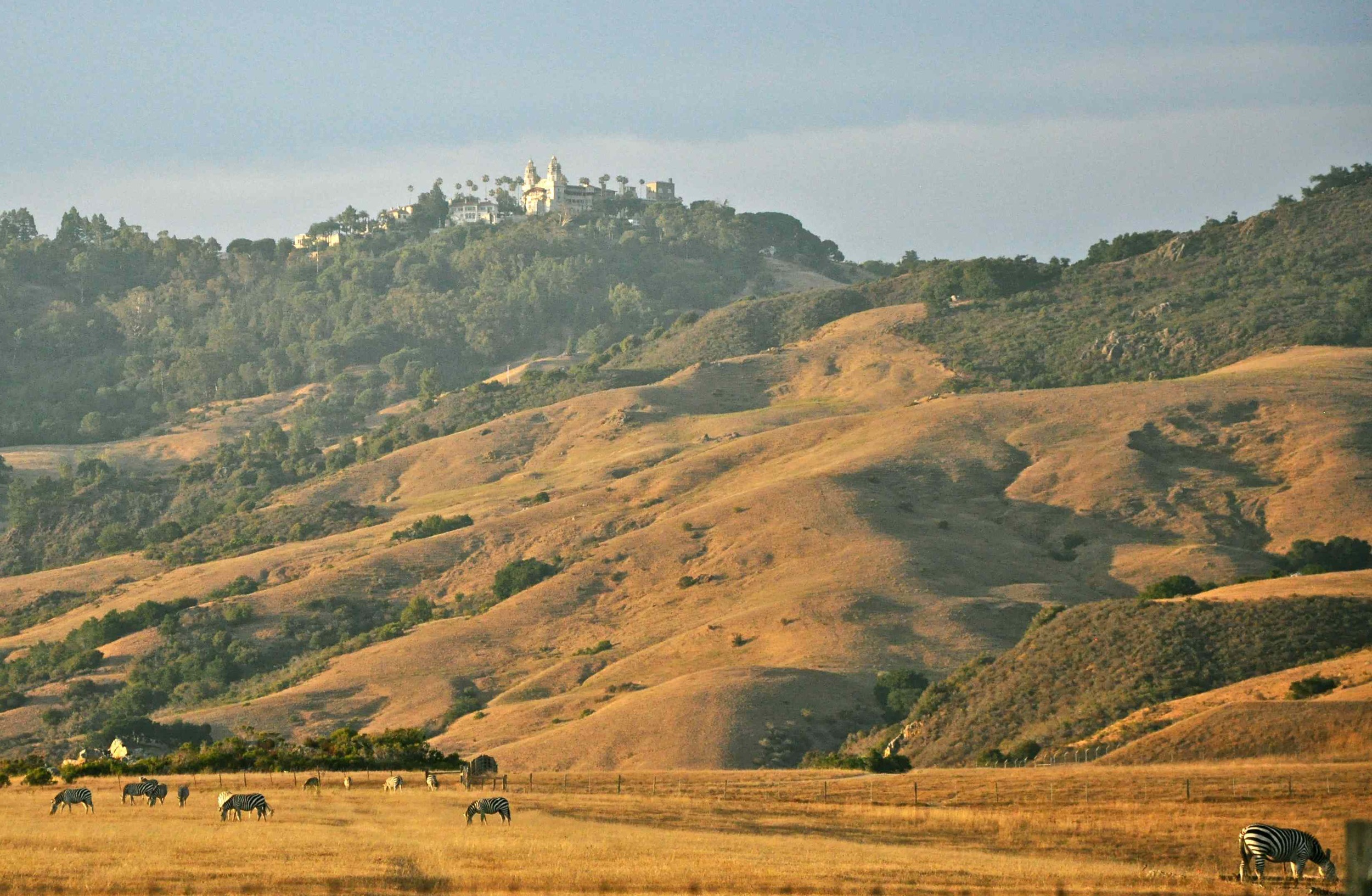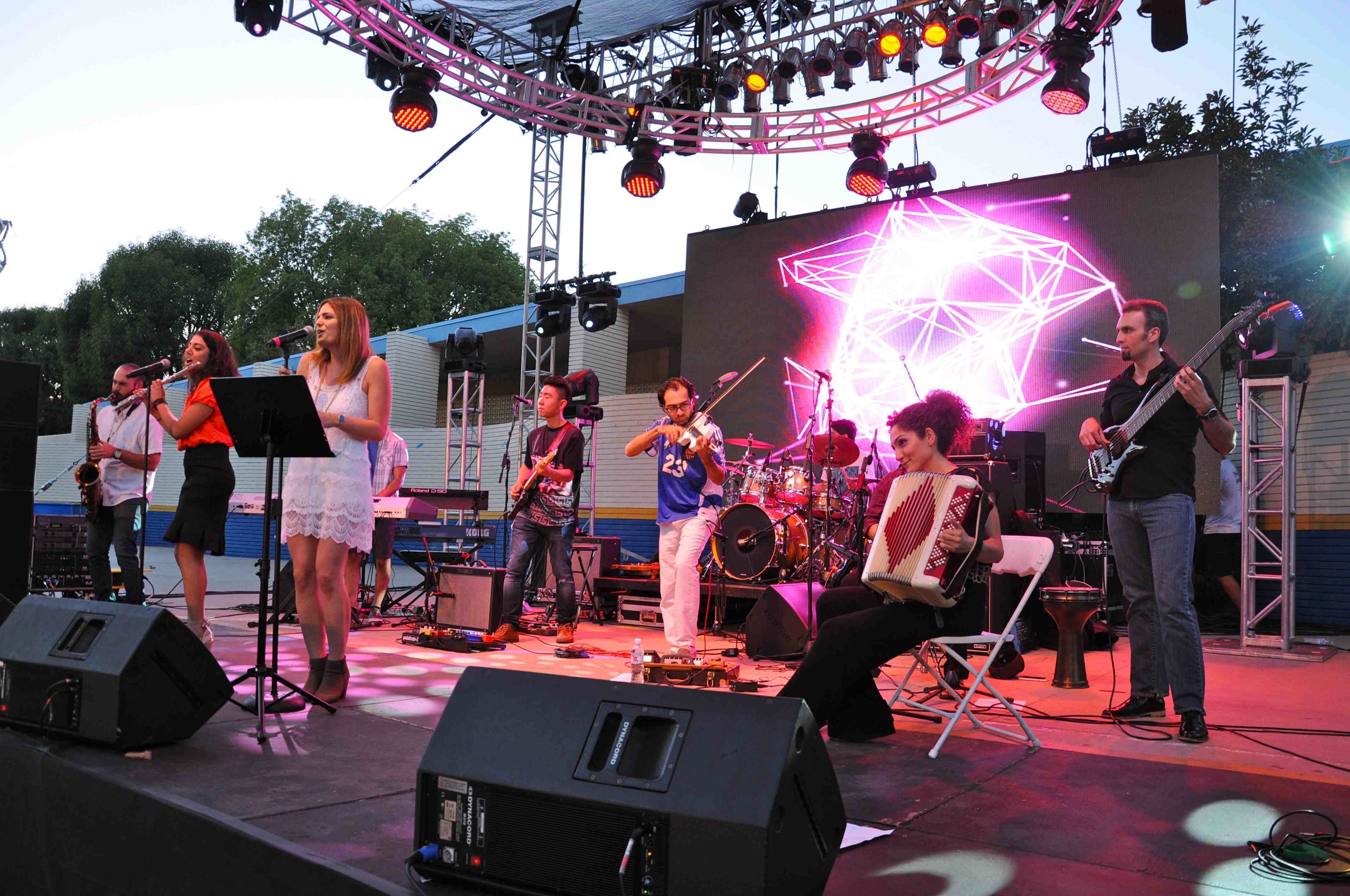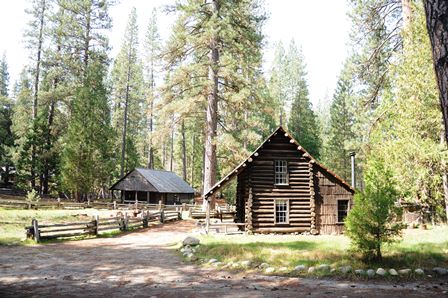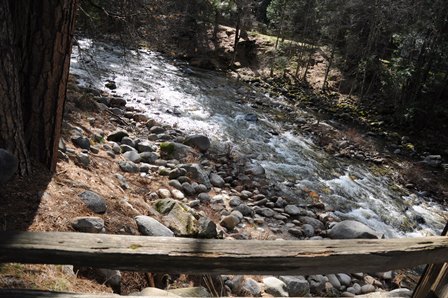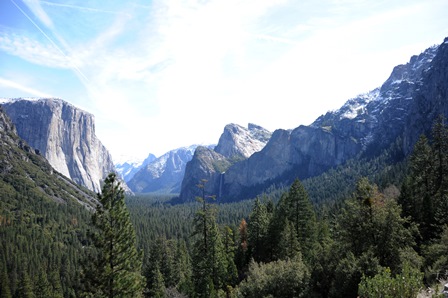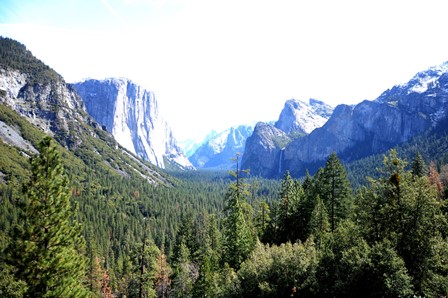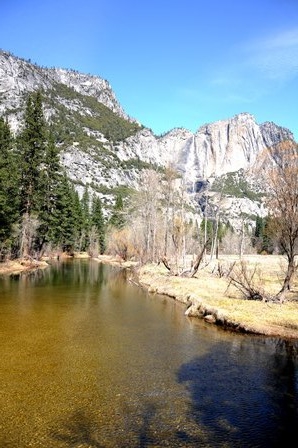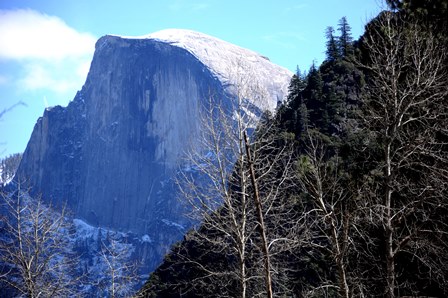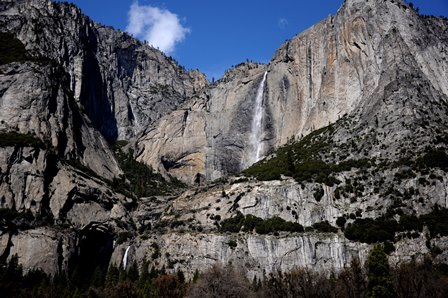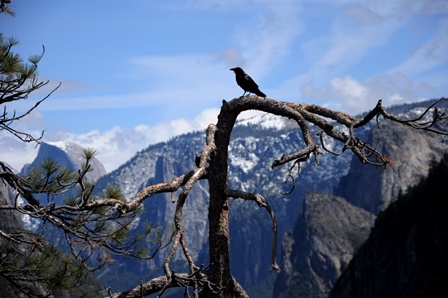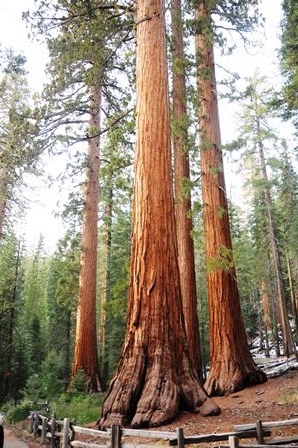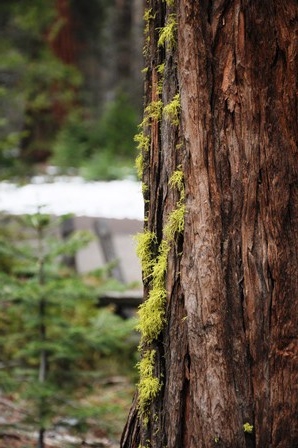Dear Peers,
I cannot begin to imagine what you think of the words, “Armenian Genocide” and the idea that your ancestors are to blame for it. If I were told that my great-grandfather planned, took orders to kill, or just stood idly by during these events, I would also deny it. I’d think, “How can strangers have such hatred toward my ancestors? My ancestors would never do that.”
In the United States, our generation (those born 1977-1994) is considered the “Y” generation. At first, they did not know how to generalize us – they thought we were going to be the “useless” generation, the ones who had it all, and so had nothing to really contribute. We were considered the narcissistic generation. This was before they gave us a chance – before we reached the age where we were allowed to make our own decisions. Now, our generation is considered to be one of the brightest, sophisticated and eager to making the world better as a whole.
You are the future of your country, and you have the choice to either progress it or not. If only your government had the courage not to hide history from its own citizens, to teach them honestly and truthfully, perhaps your grandparents, or parents would have ended this cycle of denial decades ago. But, it wasn’t so. With information literally at your fingertips, I ask that you go beyond what they tell you or teach you, I ask you to research the events of 1915-1923 for yourselves.
The story from your government’s side has changed so much just in the past 20 years, but as historians have proven (including renowned Turkish historians), what took place in Ottoman Turkey during WWI was genocide. The Ottoman court even found the perpetrators guilty.
Even today, I do not know what your media or government tells you when they speak of the thousands of Armenians protesting in front of Turkish consulates and embassies around the world. We do not protest because we hate you – we protest because your government continues denying the Armenian Genocide.
Thank you for standing up against your government when they are wrong, when they try to censor social media, when they jail or kill journalists, when they try to destroy what is rightfully yours. You, my peers, have shown great courage in the past decade – courage that I perhaps would not have had shown under the circumstances. I urge you to take your courage further to possibly the darkest pages of Turkish history, your history, to the days of the Armenian Genocide. Be the ones to bring this to justice, to help us (Turks and Armenians) heal.
To start, I'd like to share with you some links to further your education.
From Empire to Republic: Turkish Nationalism and the Armenian Genocide by Taner Akcam
Survivors: An Oral History of the Armenian Genocide by Donald Miller and Lorna Miller
Remembrance and Denial: the Case of the Armenian Genocide edited by Richard Hovannisian
Sincerely,
Ani
P.S. Thank you to the Turkish family I will never meet, who helped my great-grandparents escape the genocide safely to Syria. Thank you for risking your lives for your Armenian friends and neighbors.



